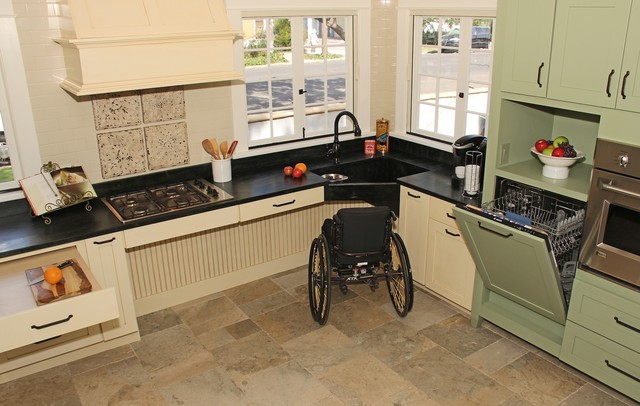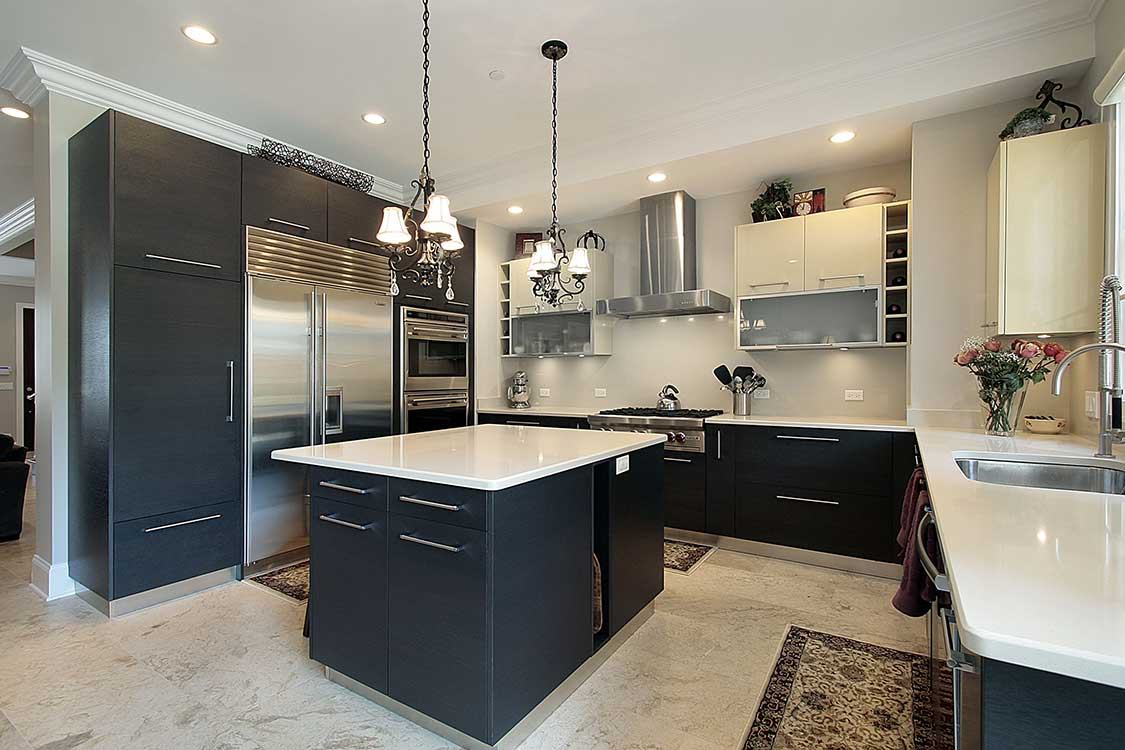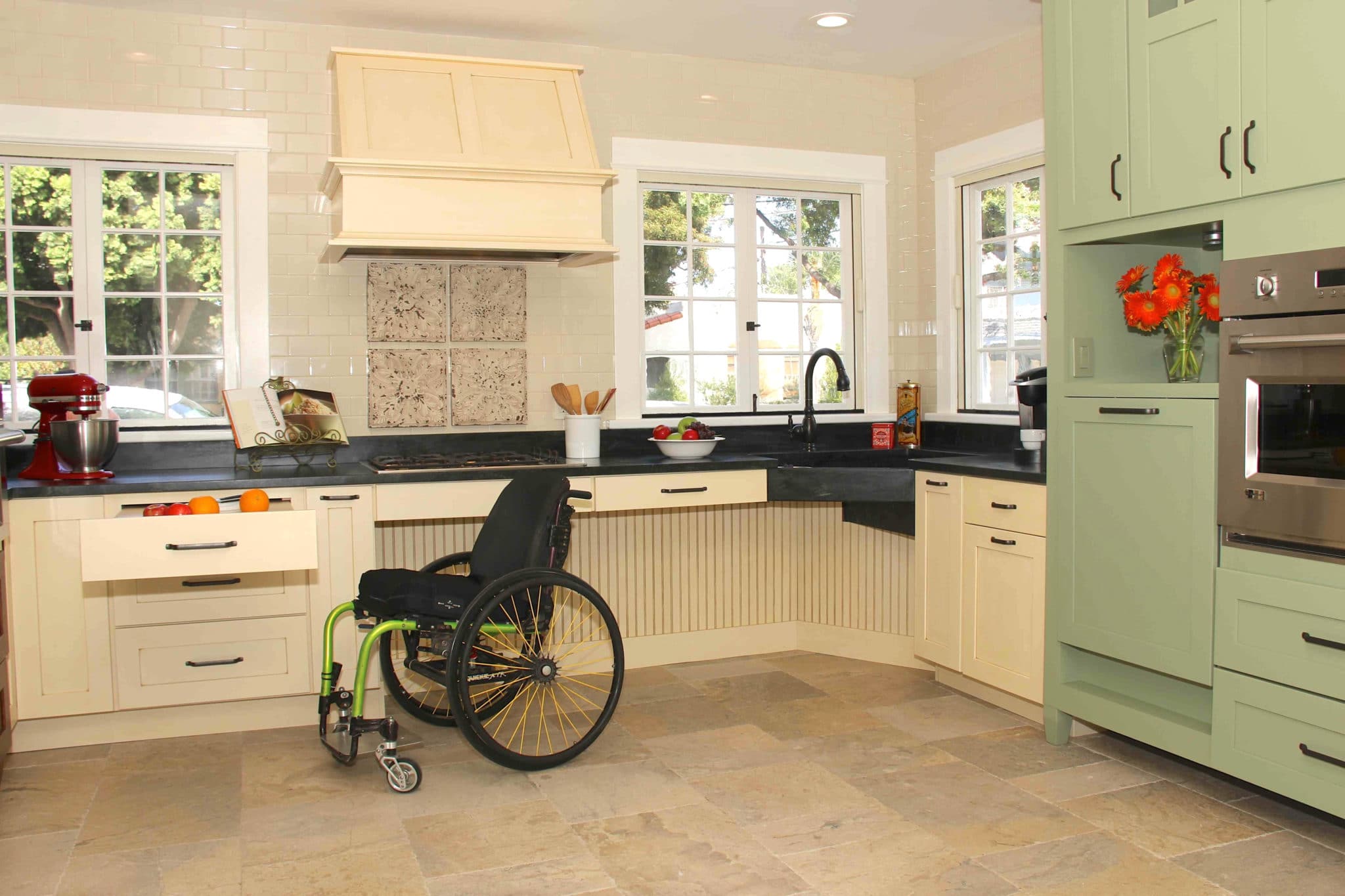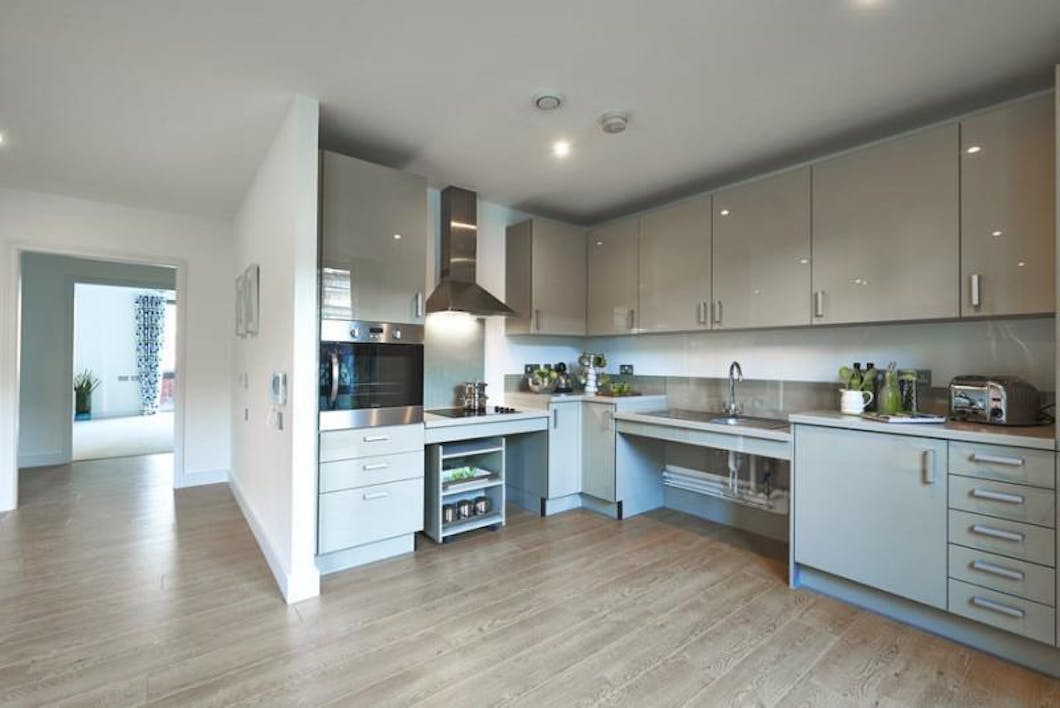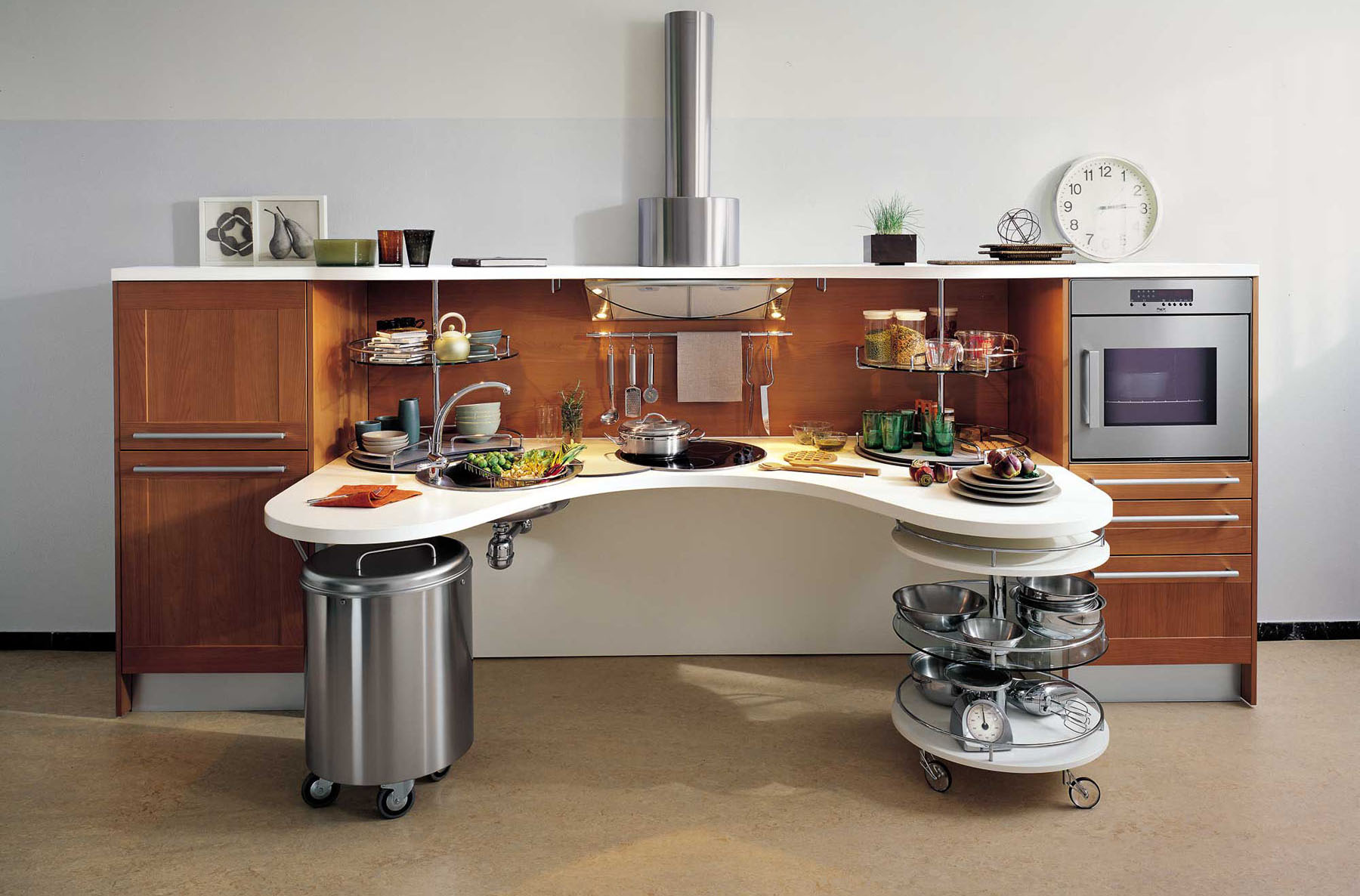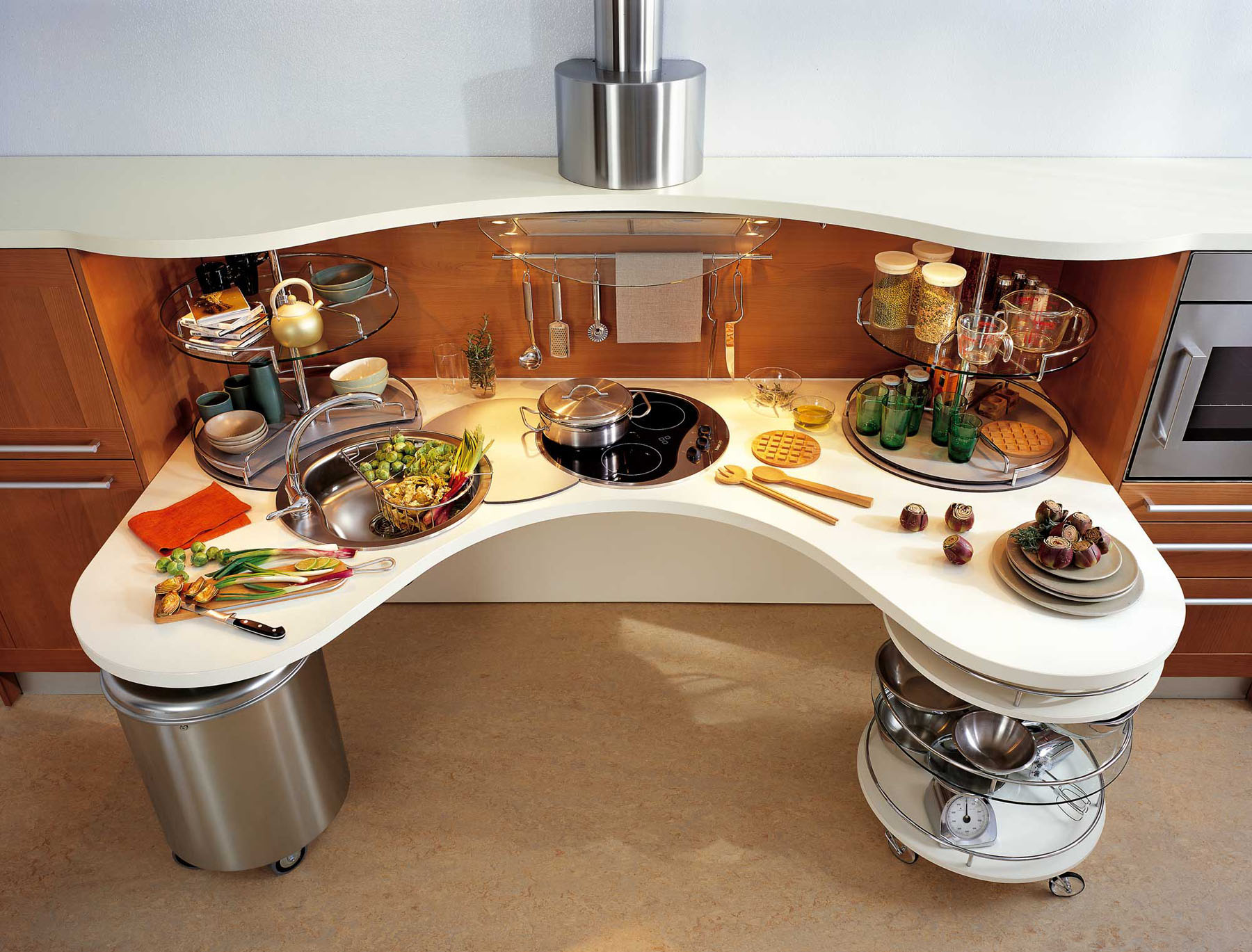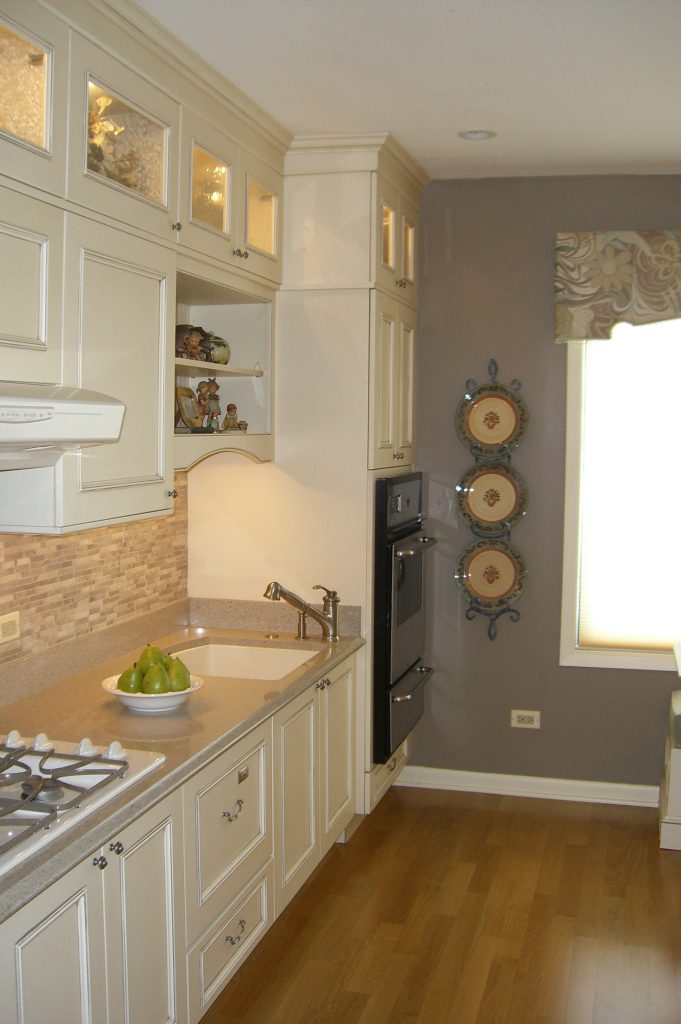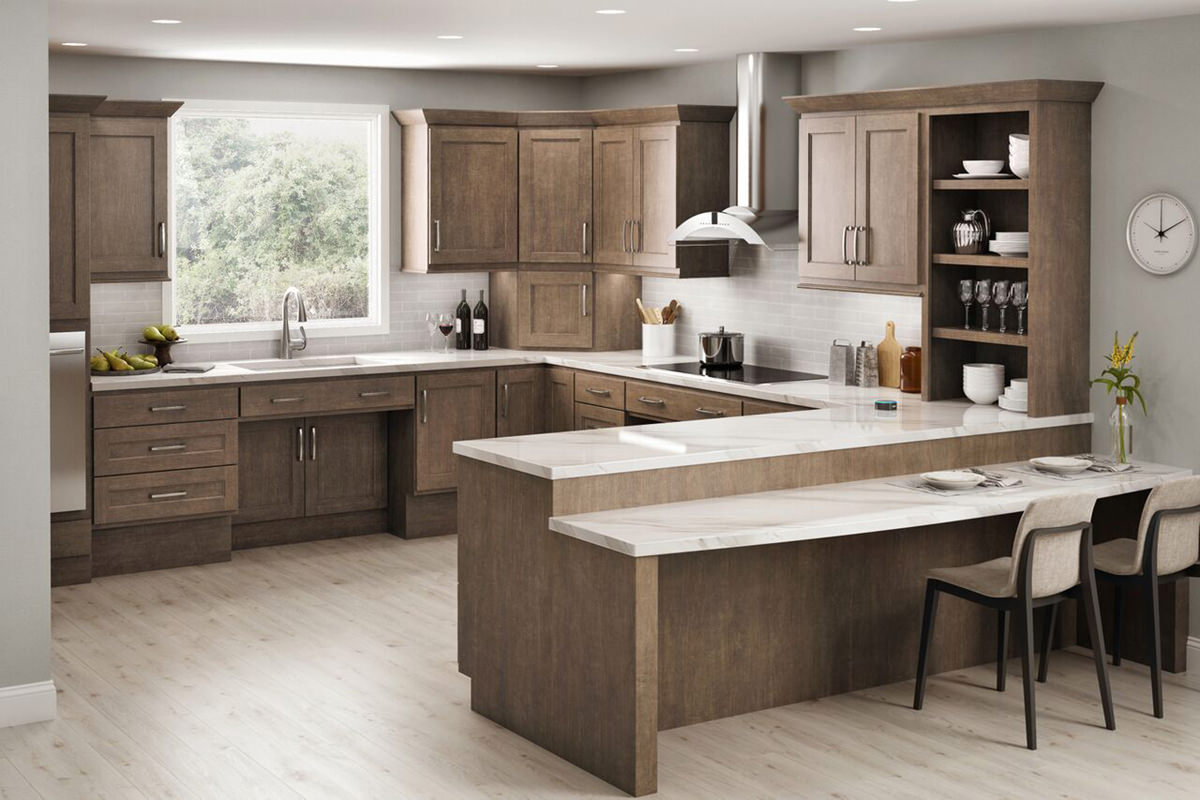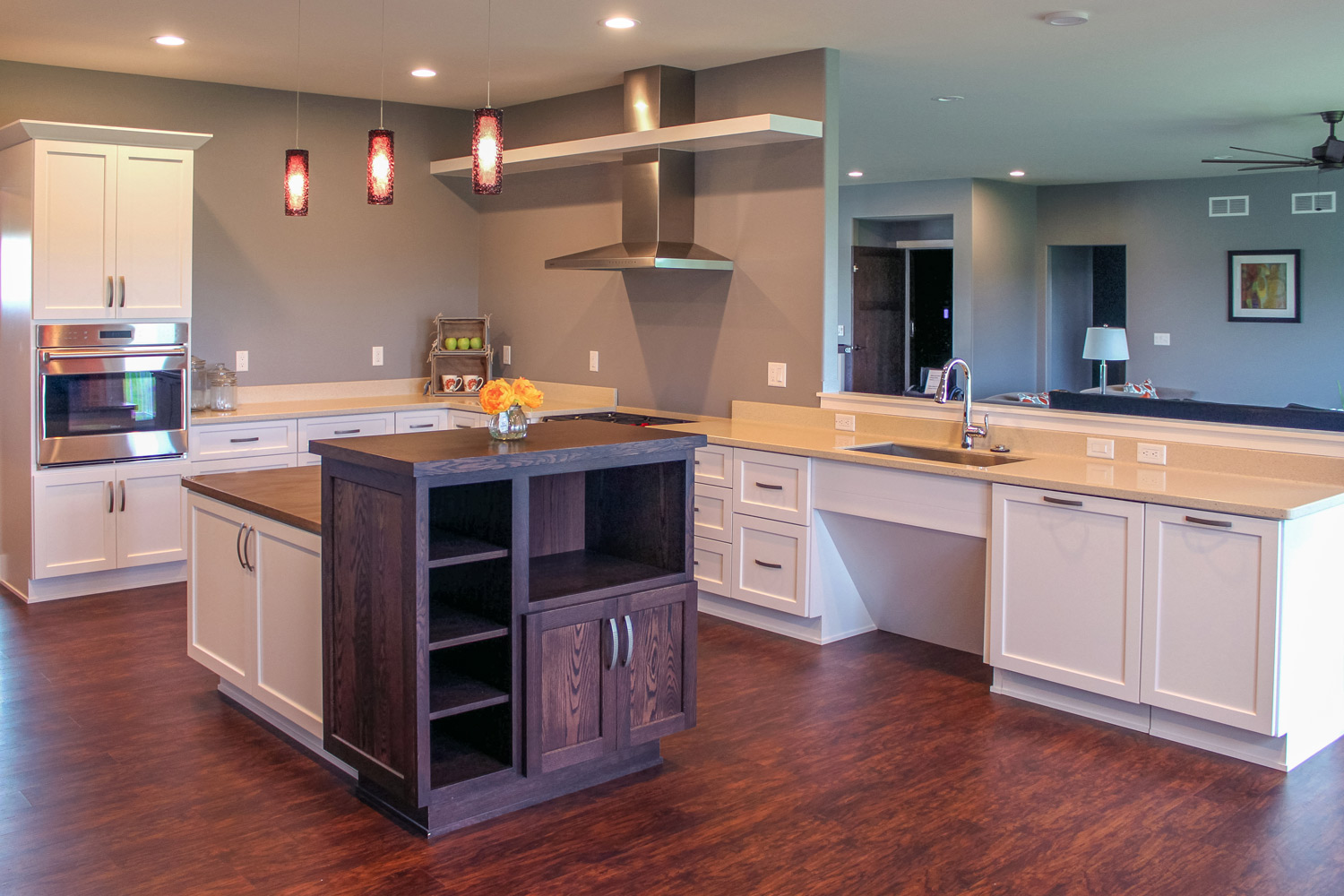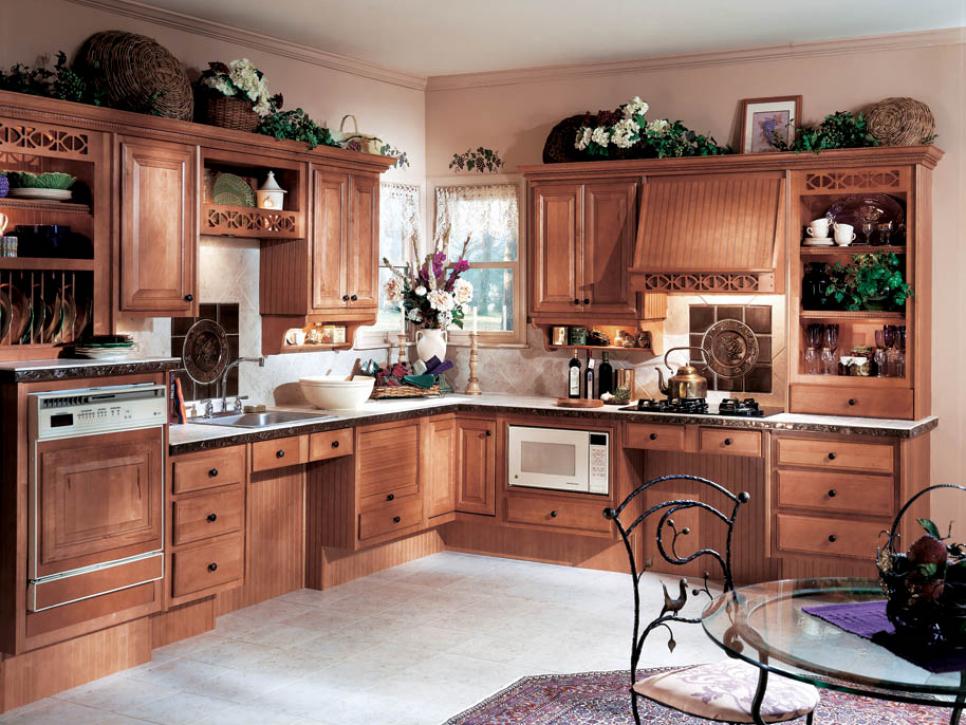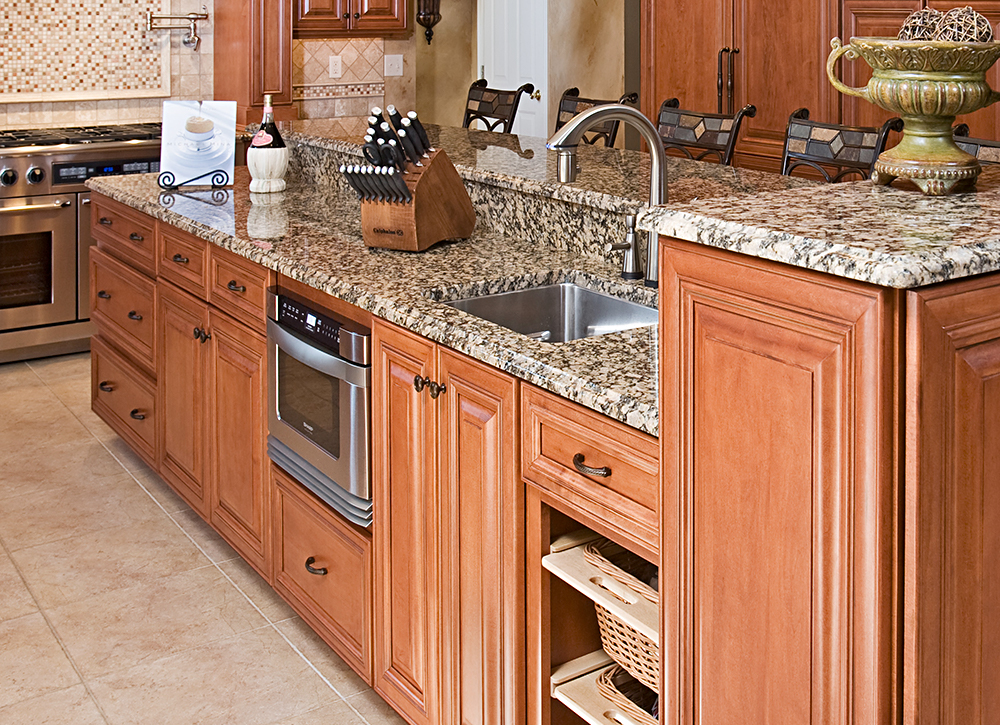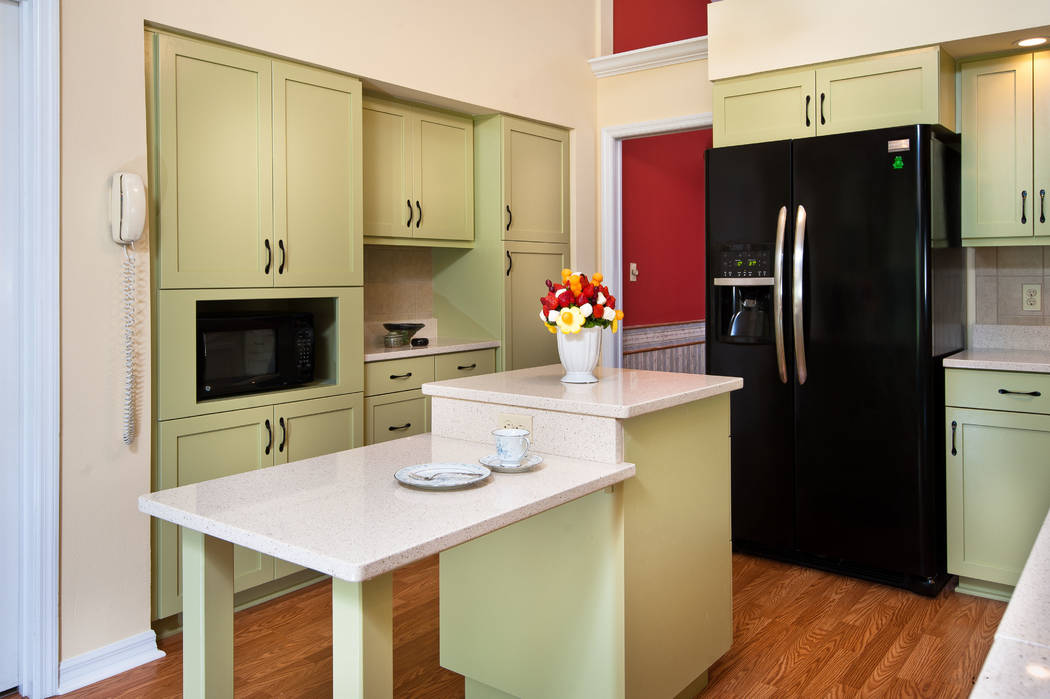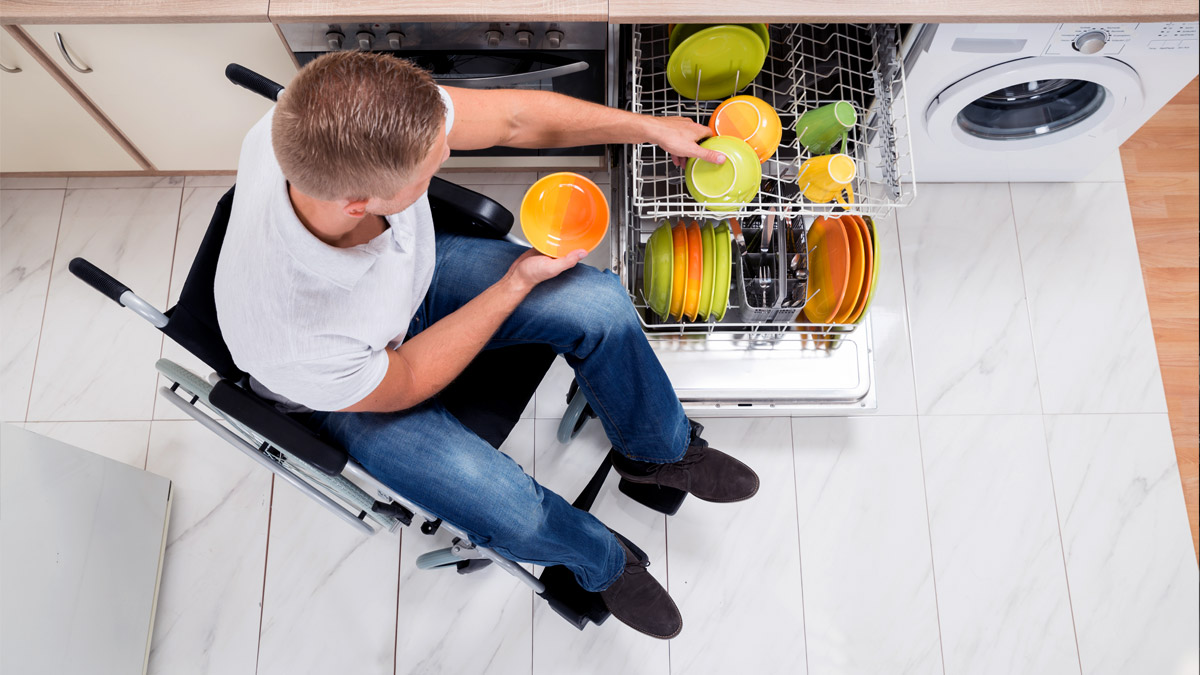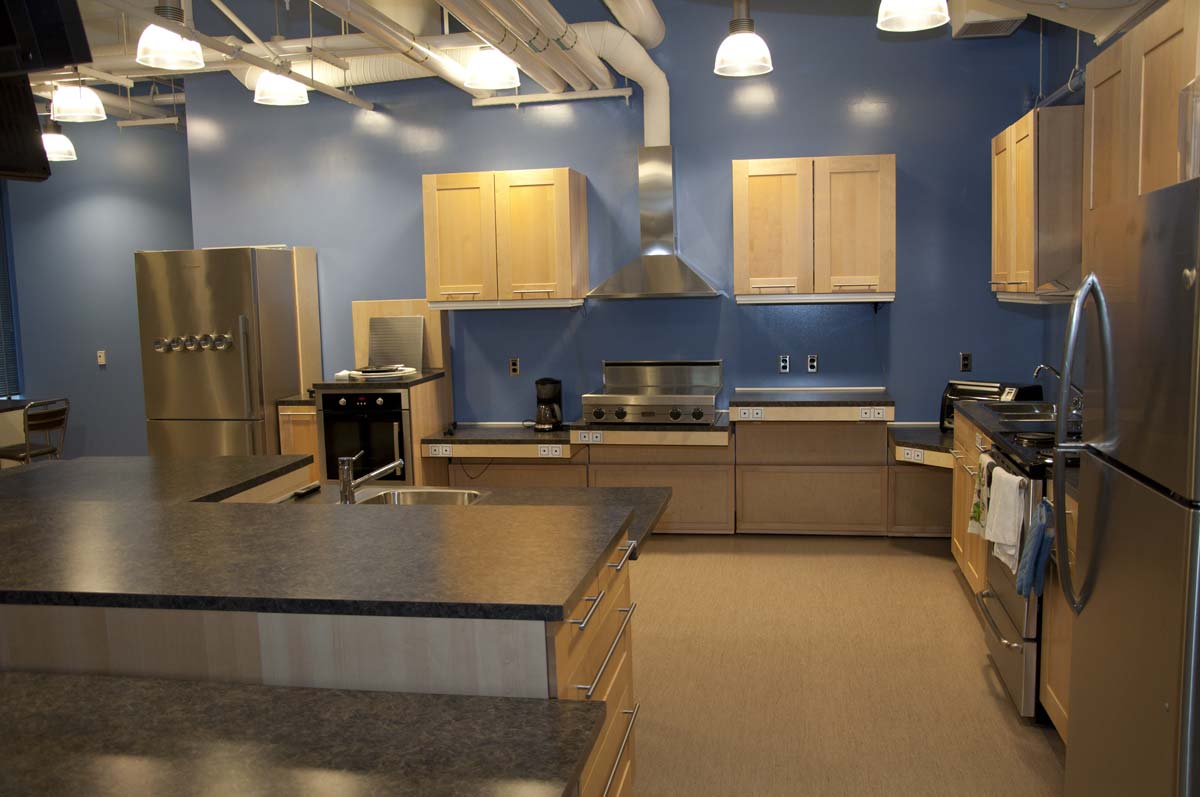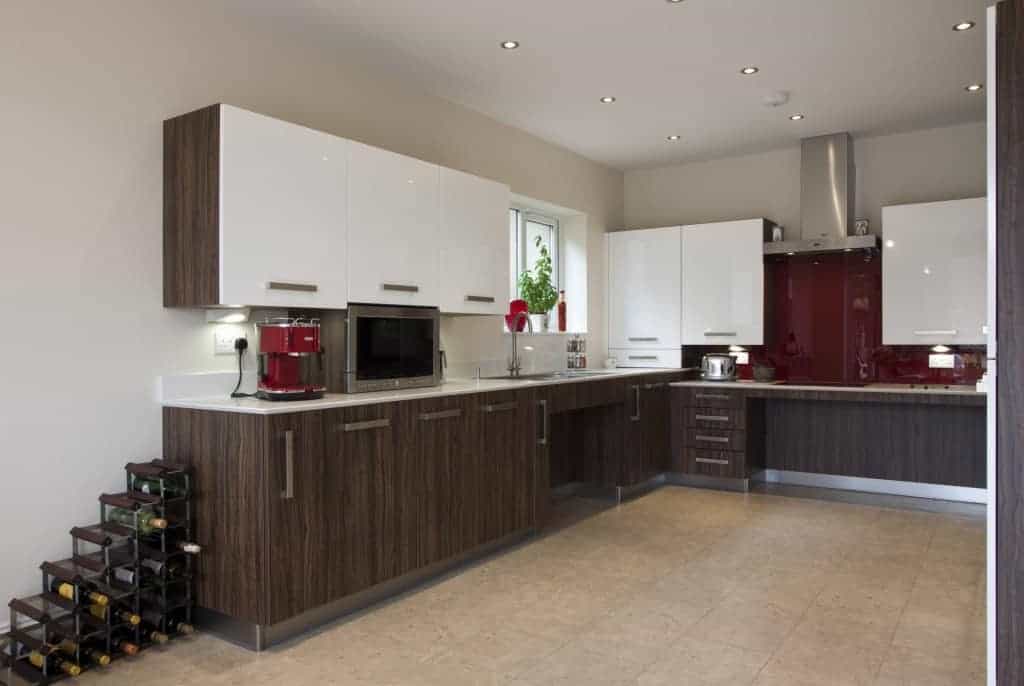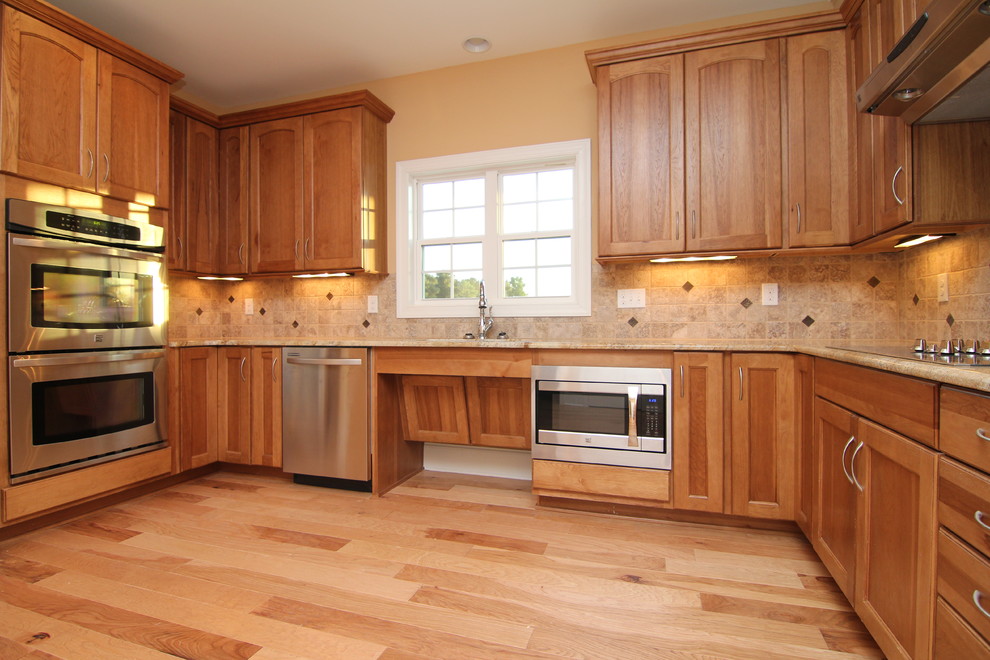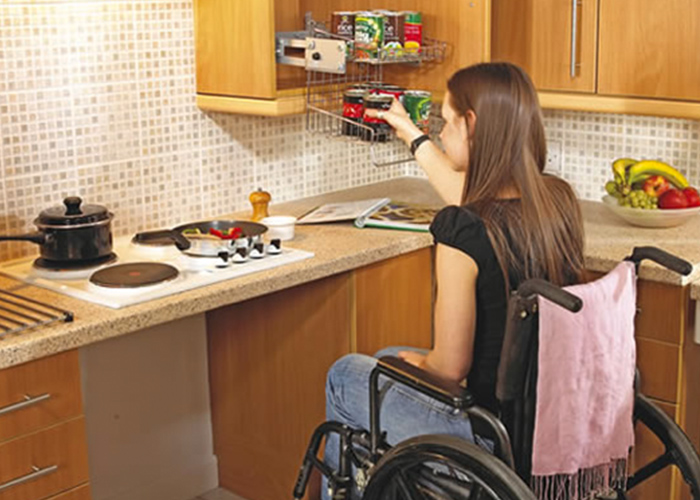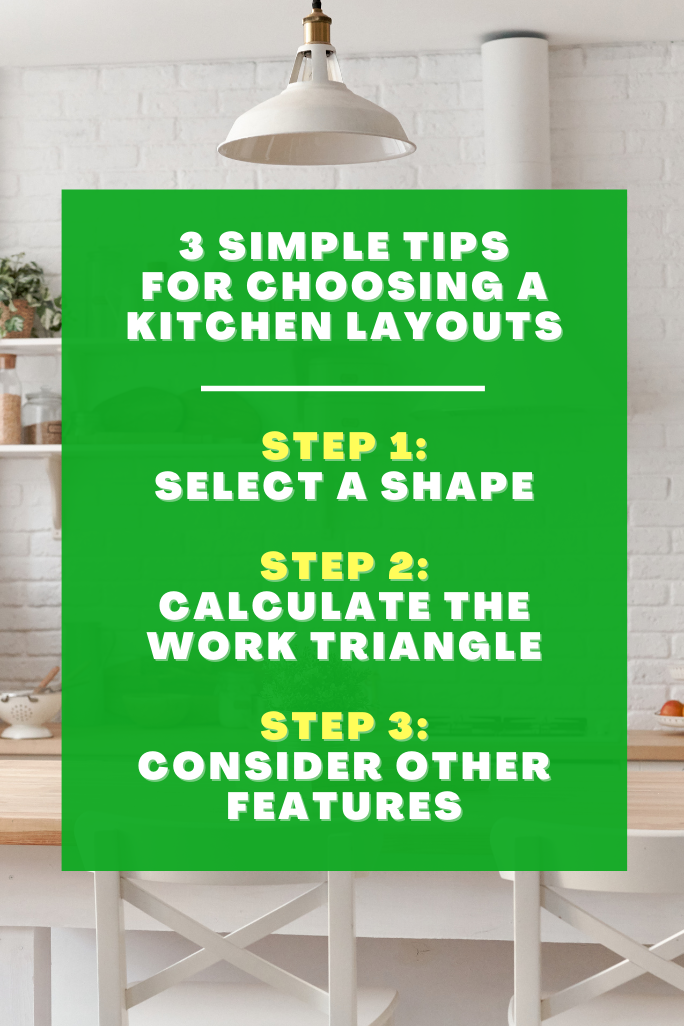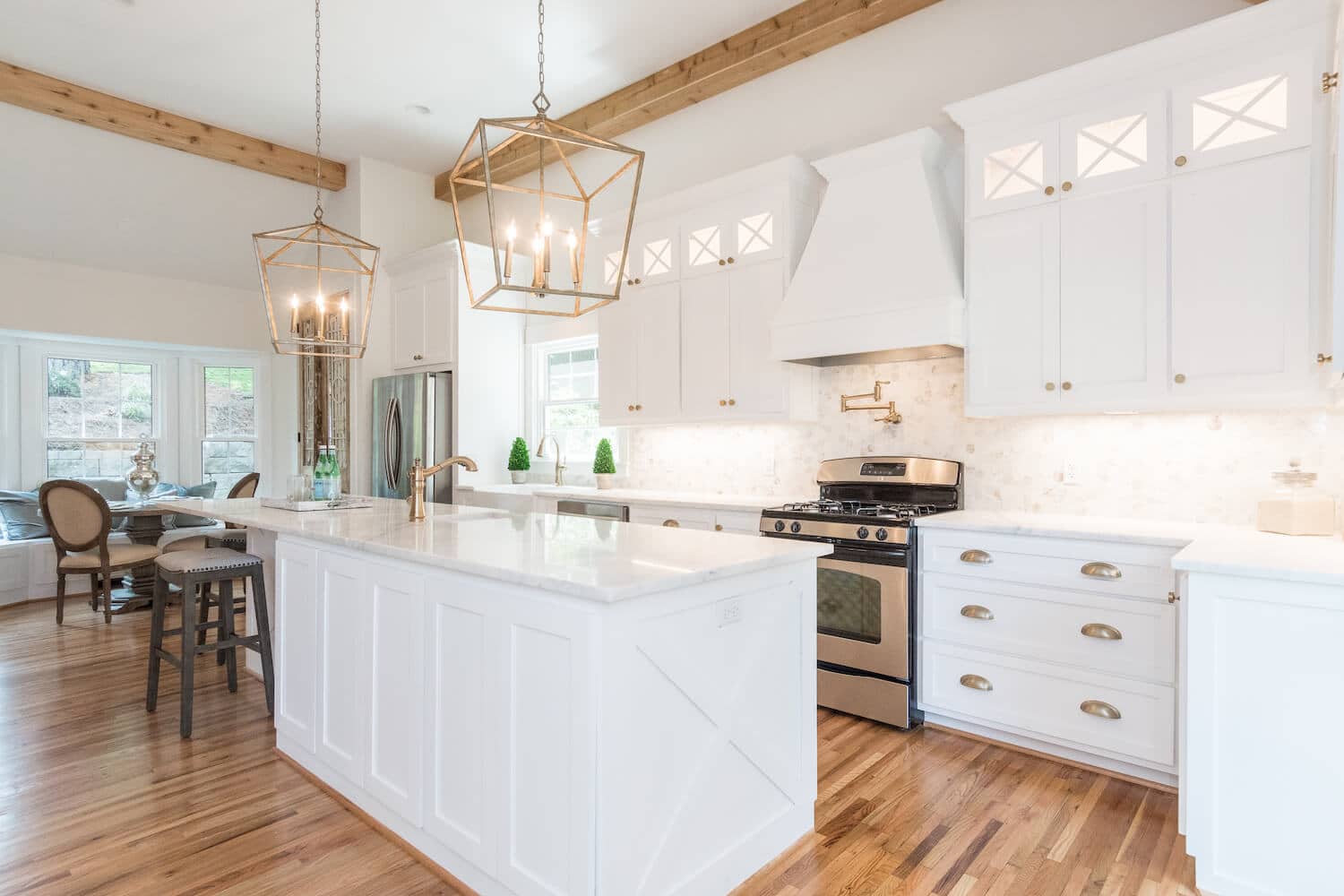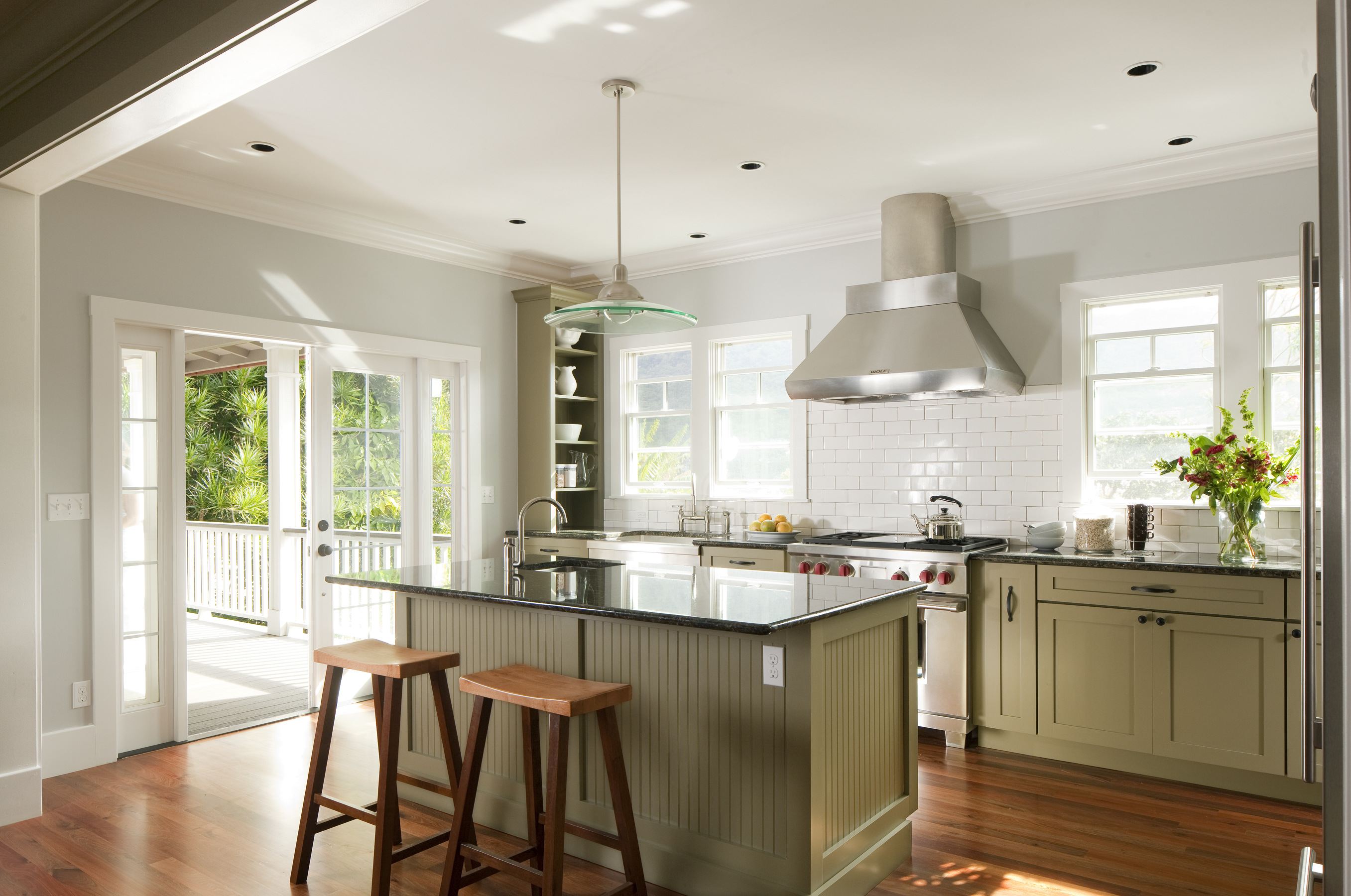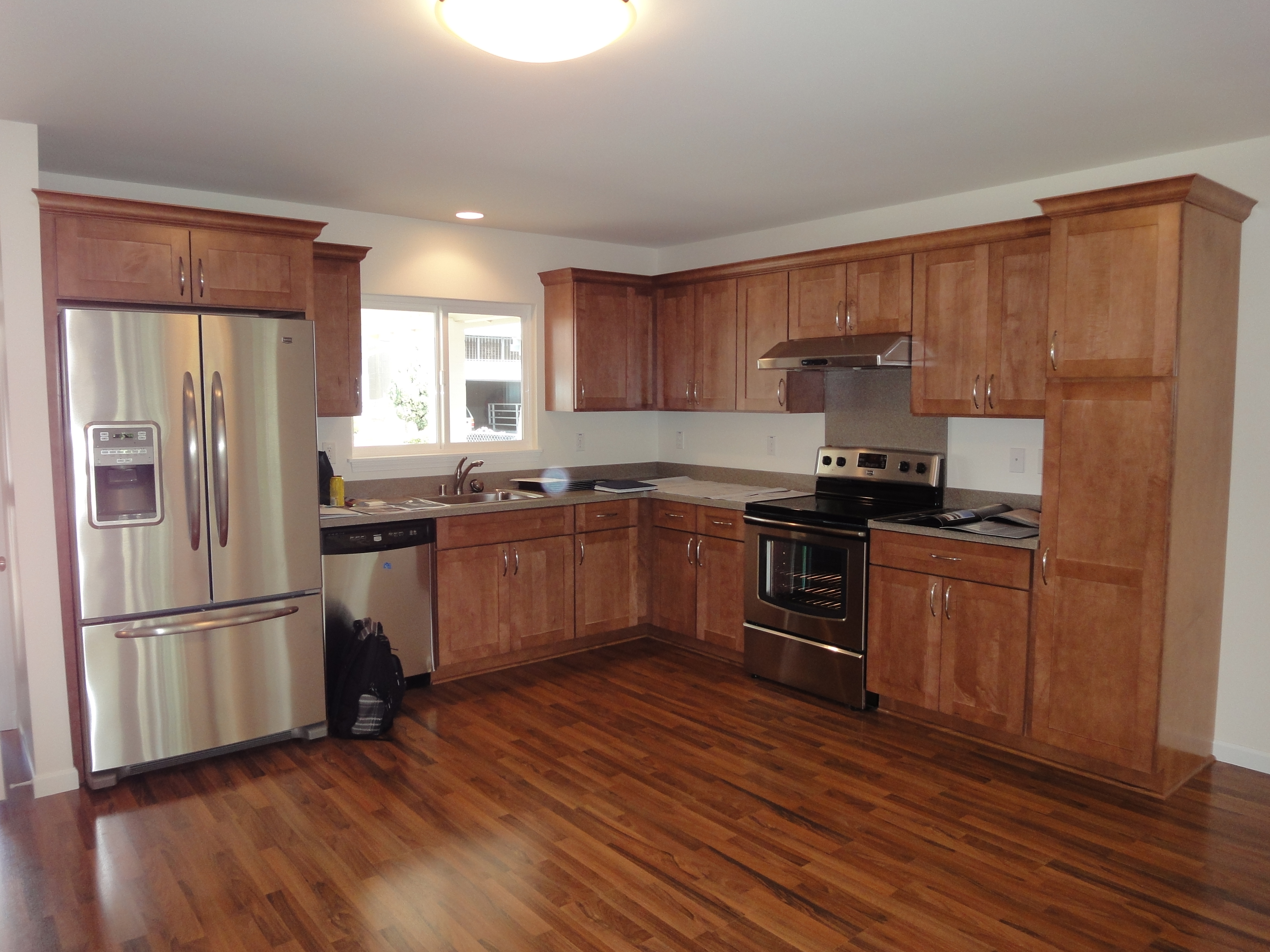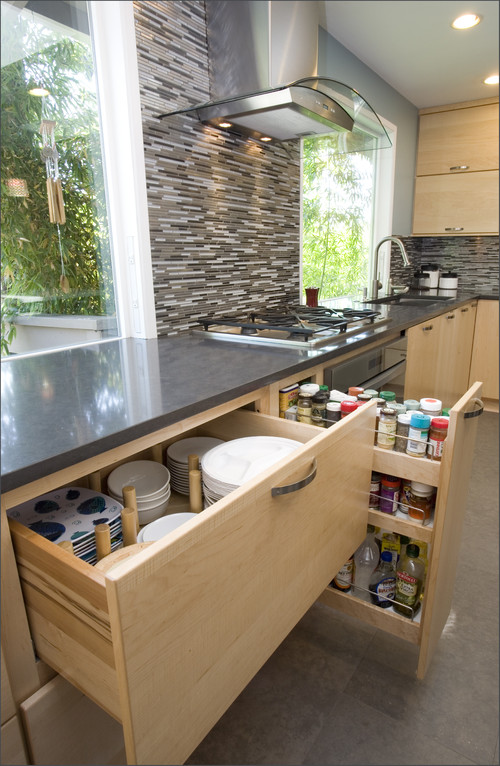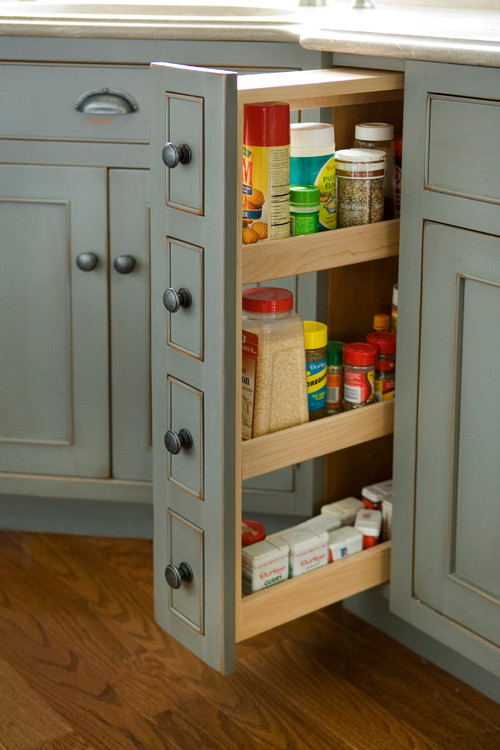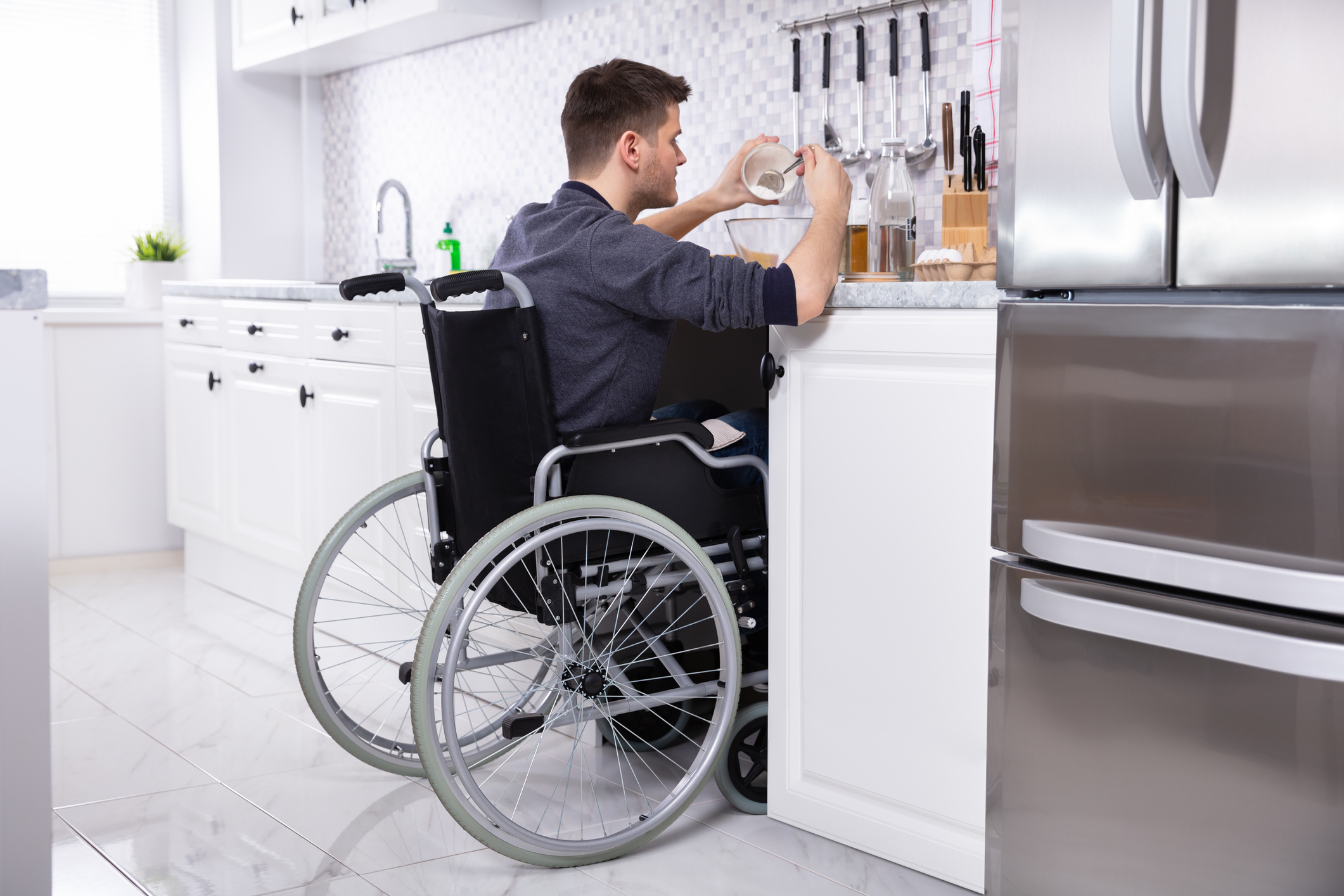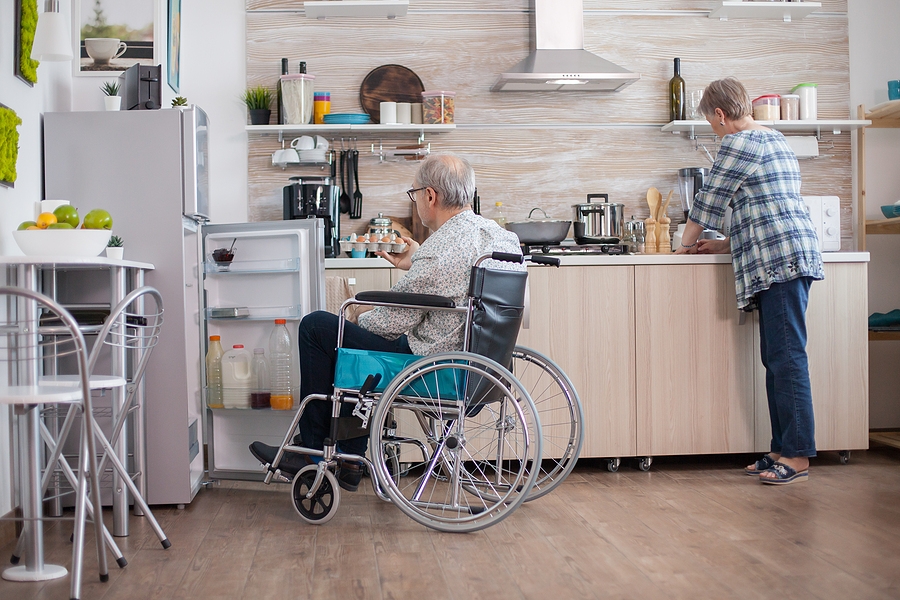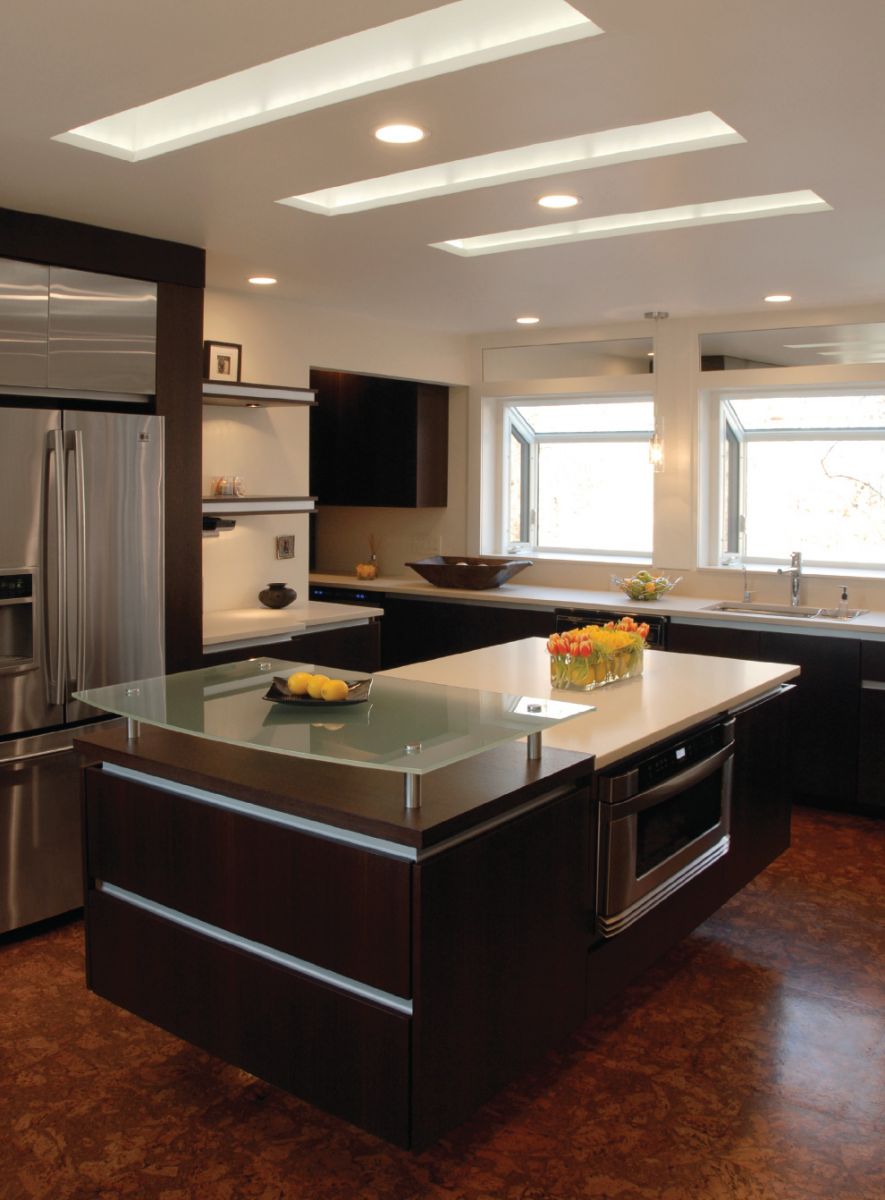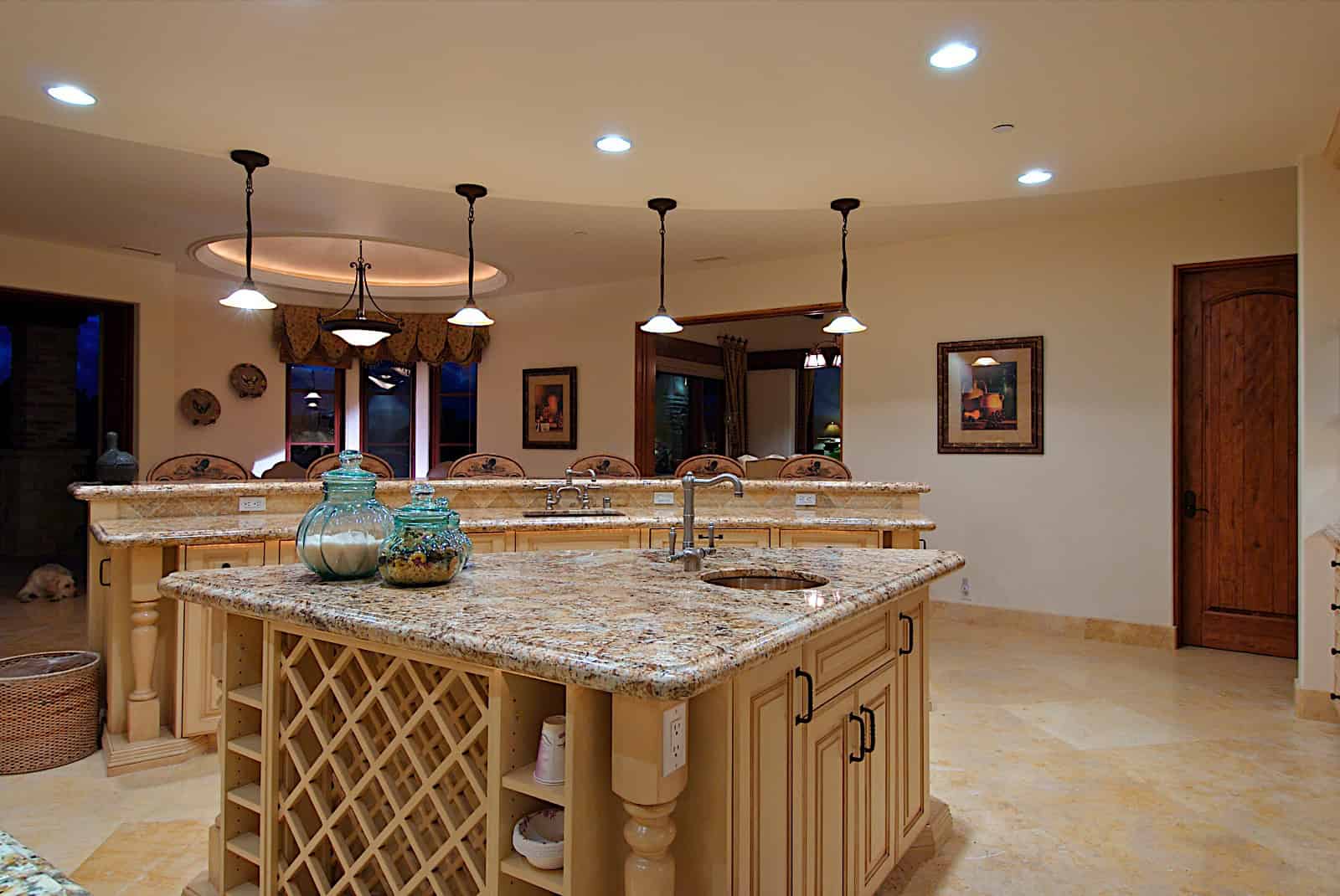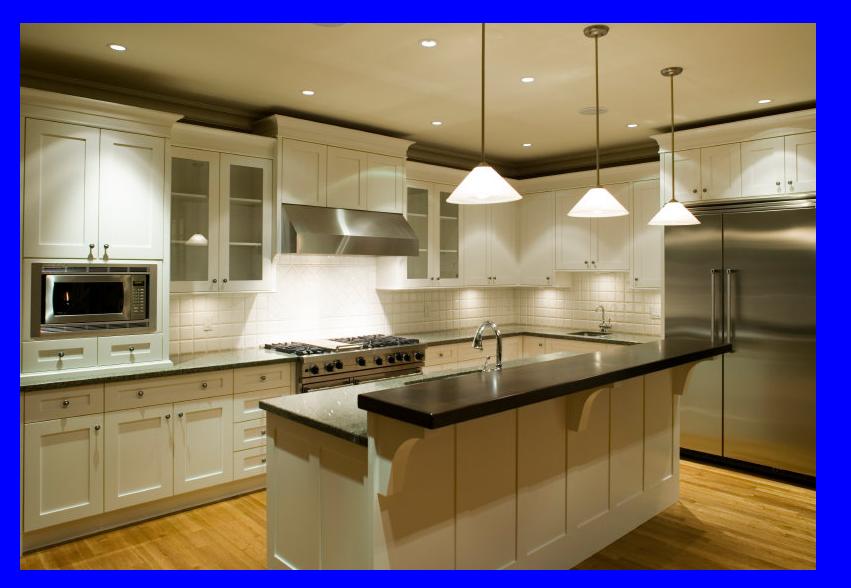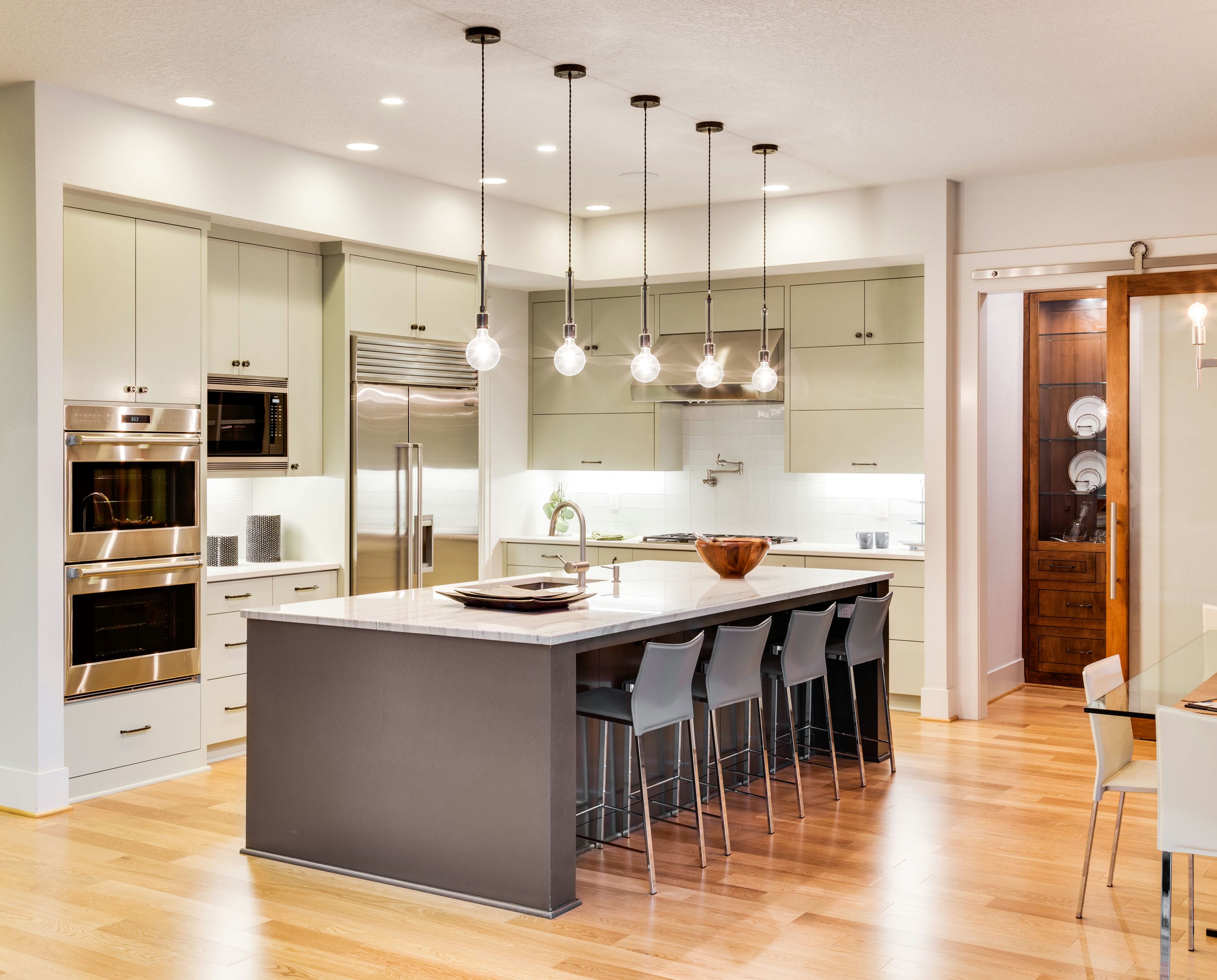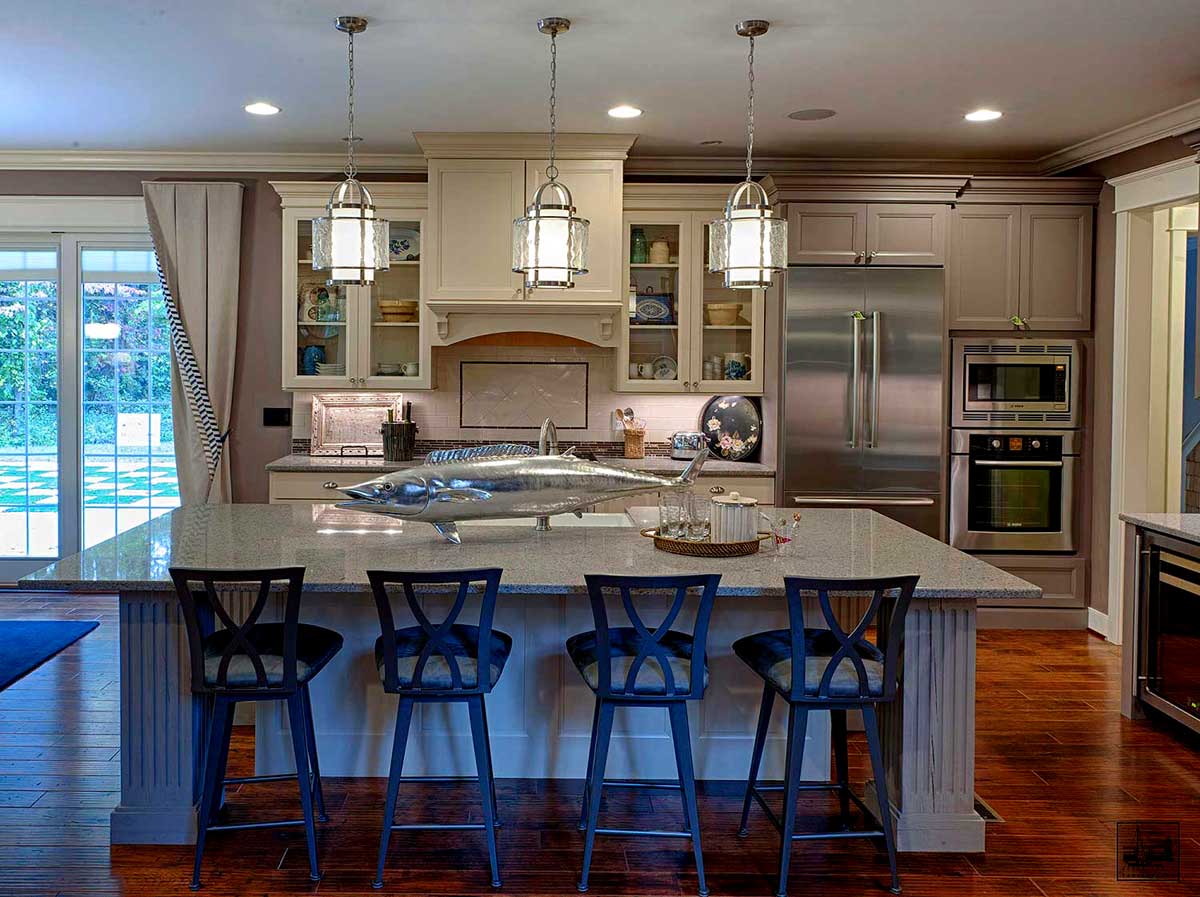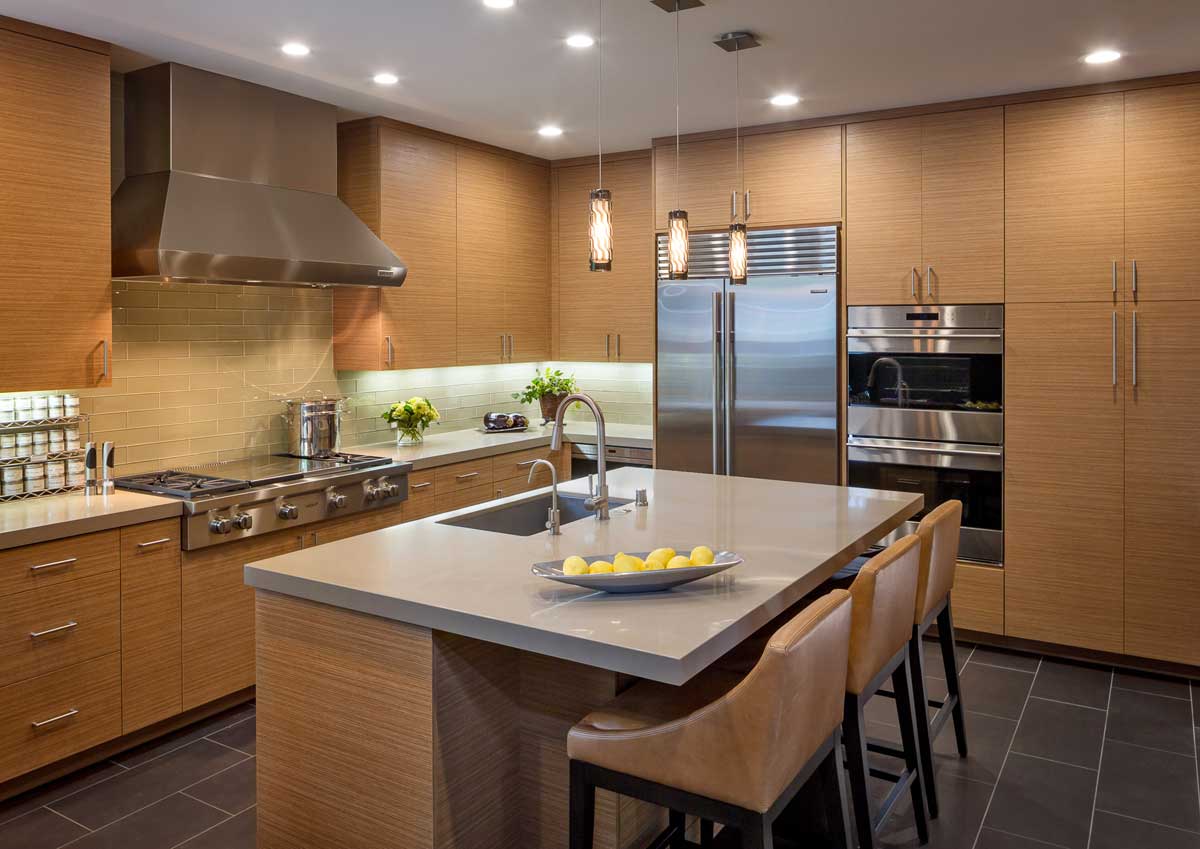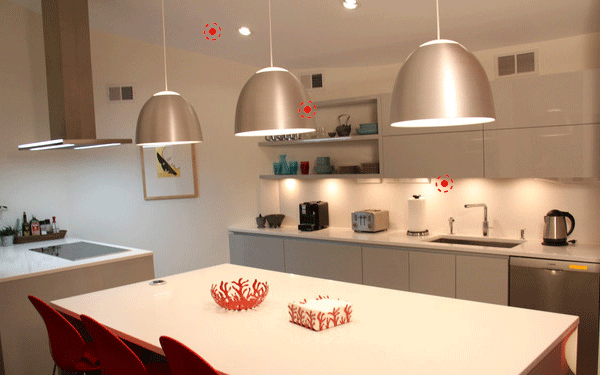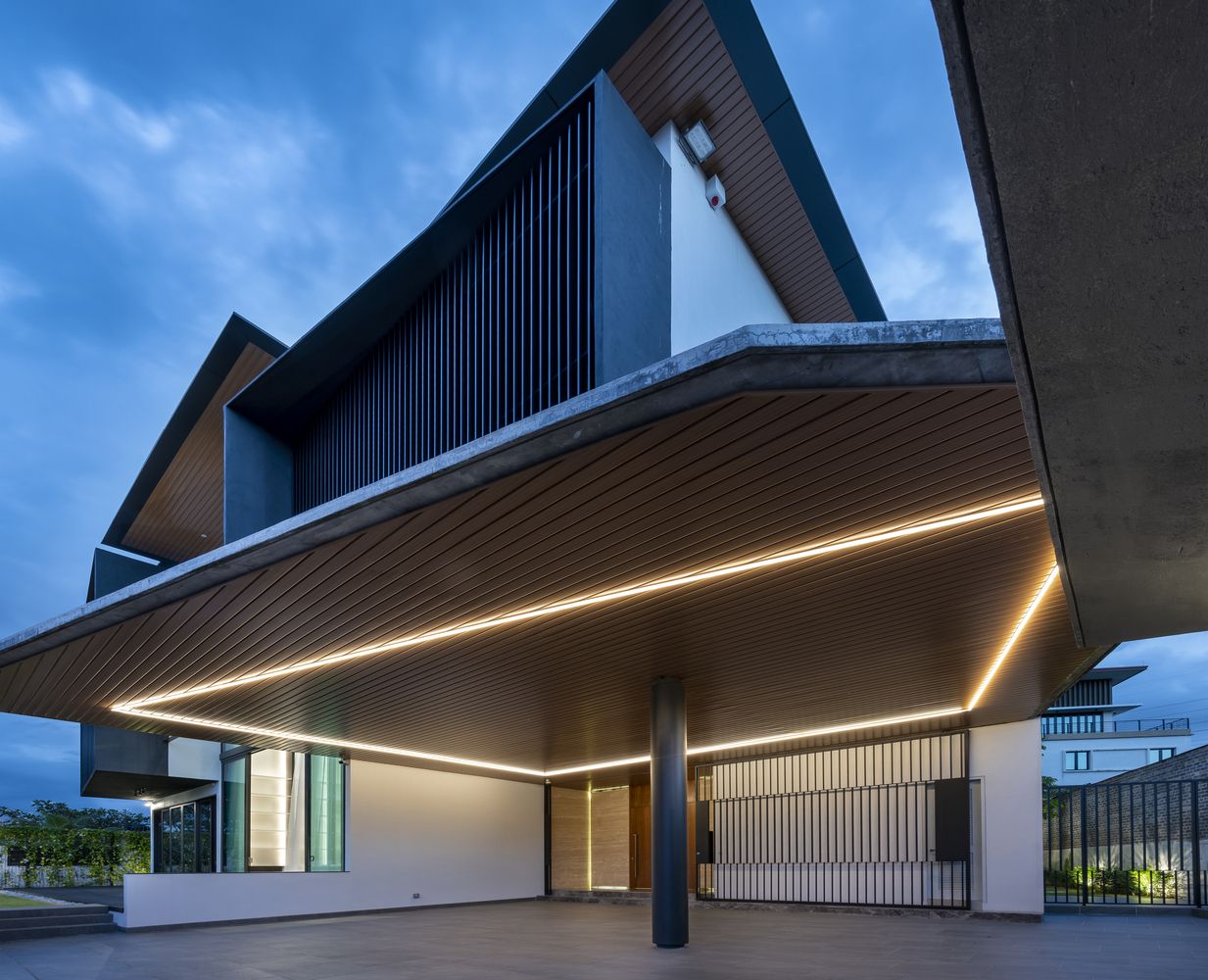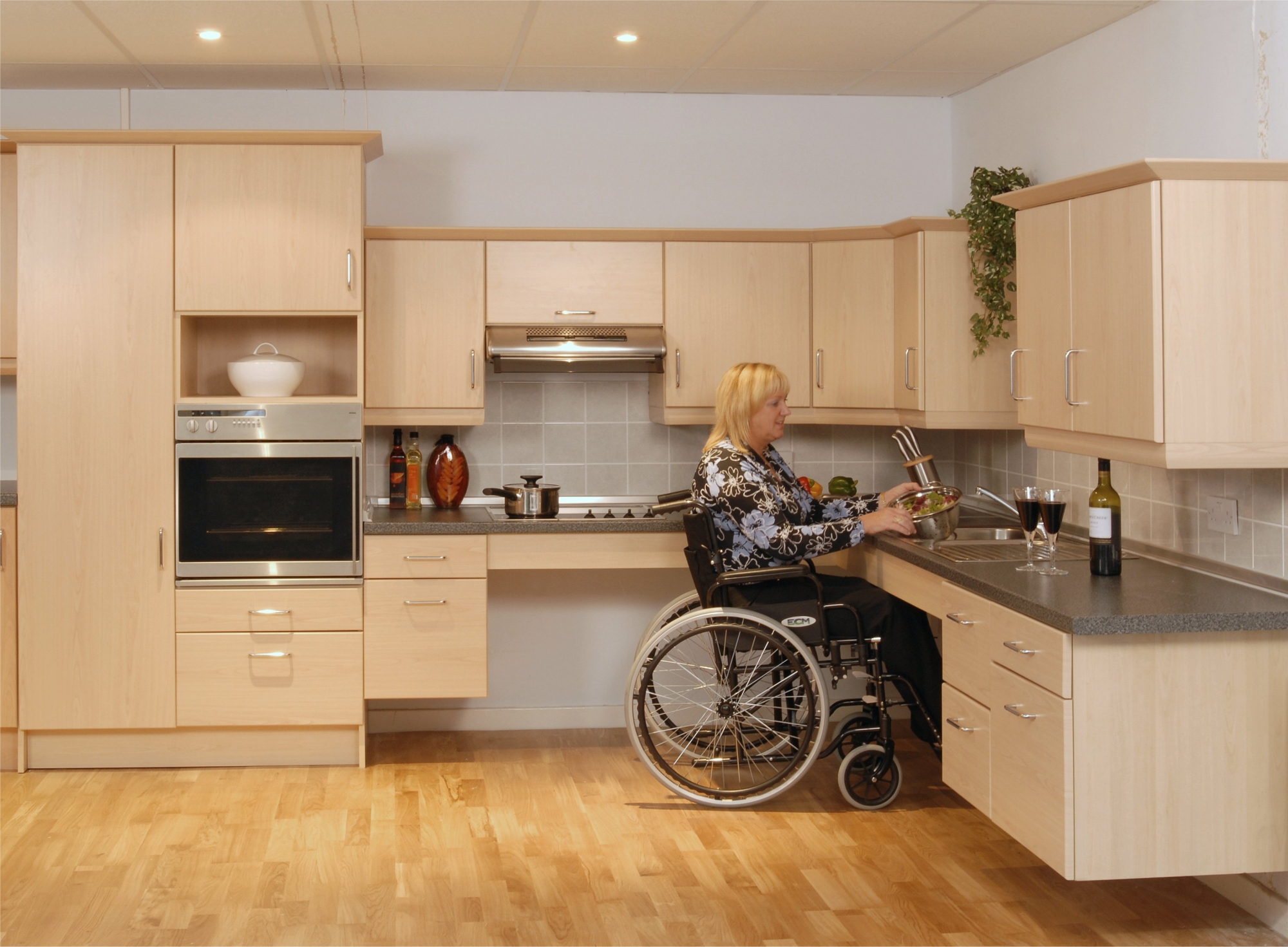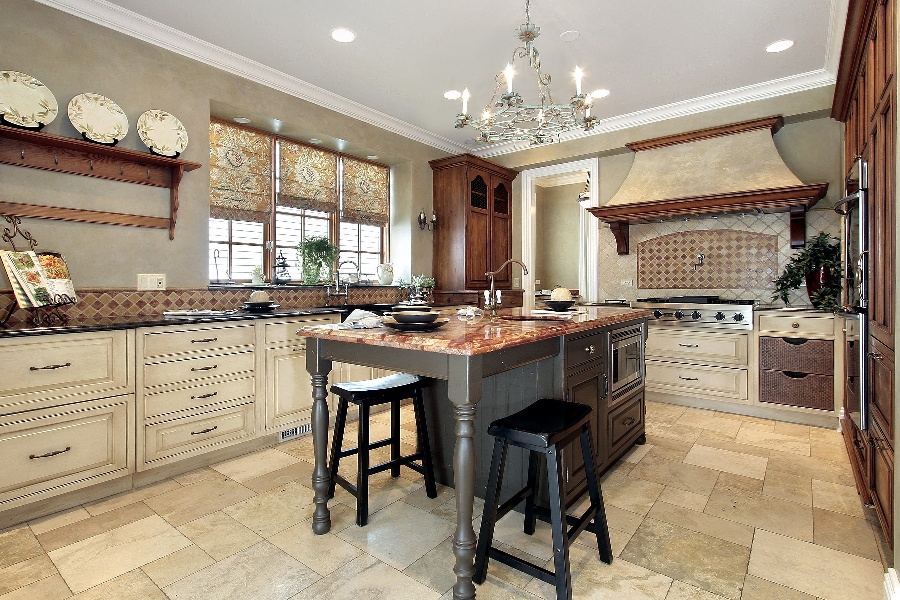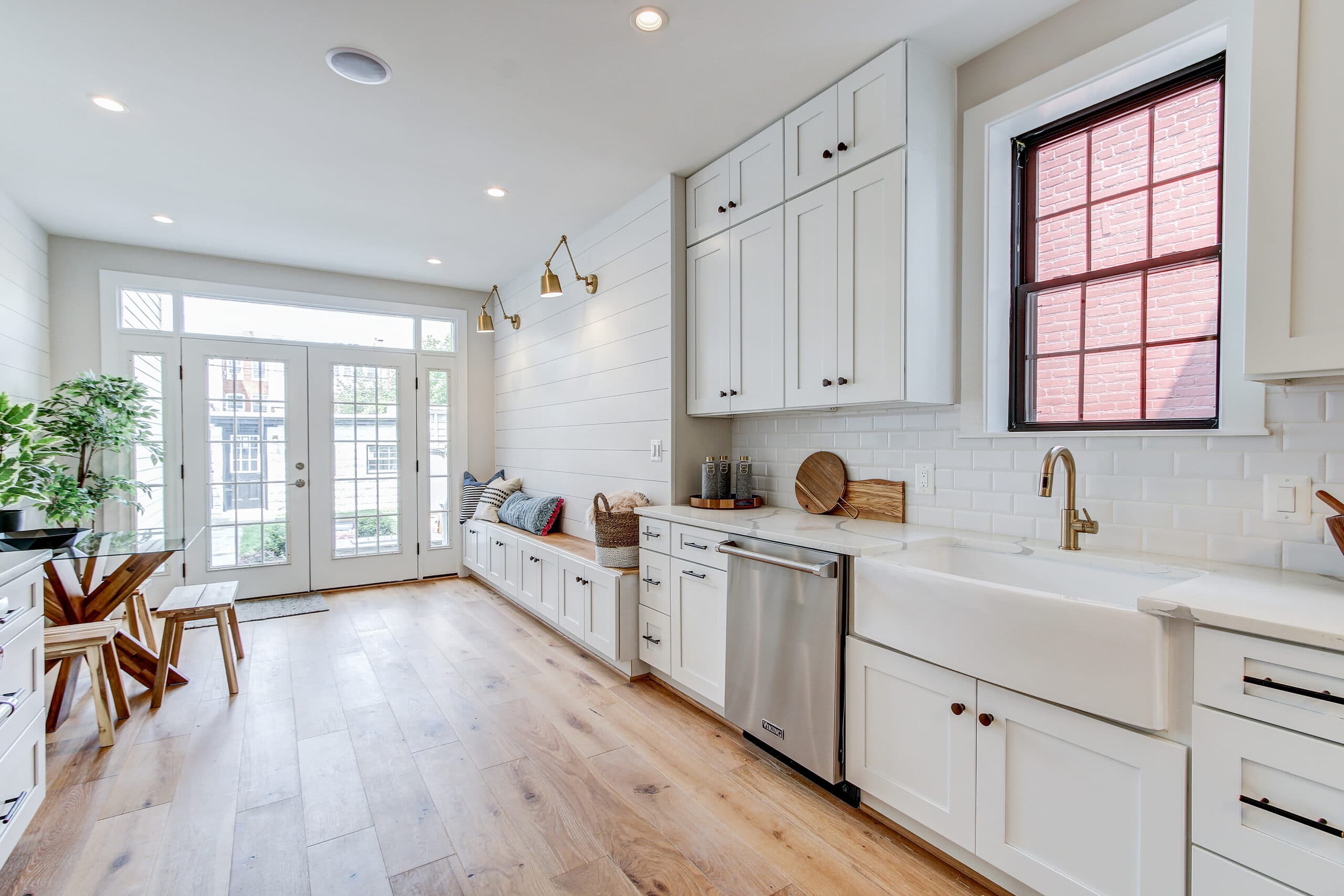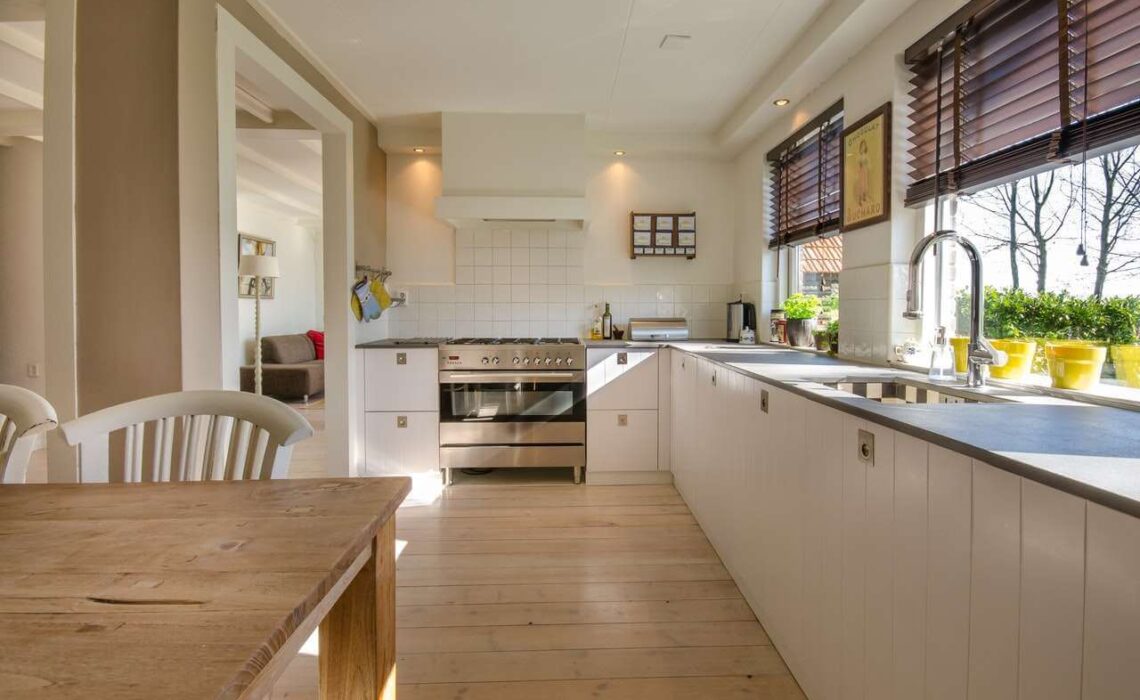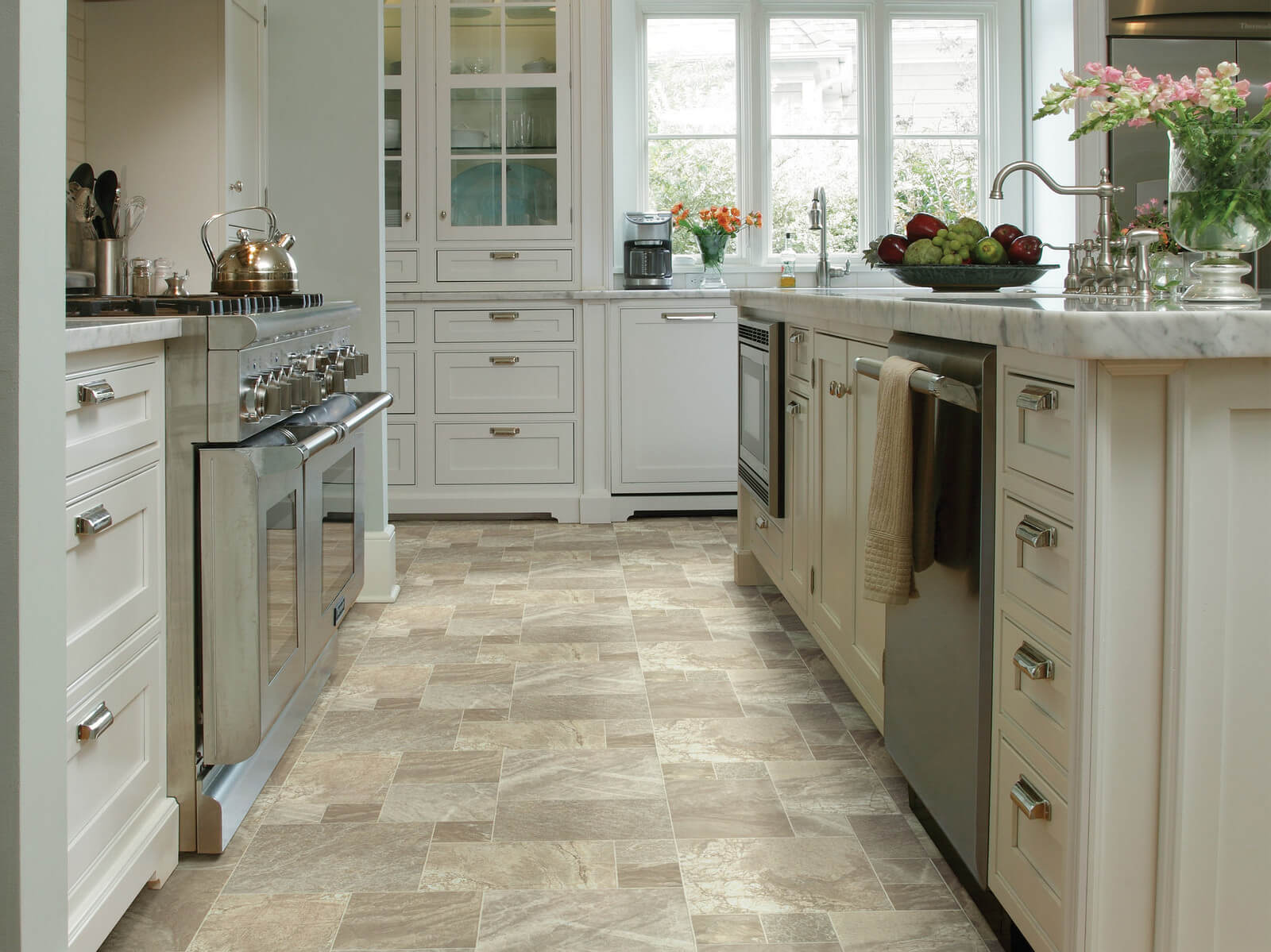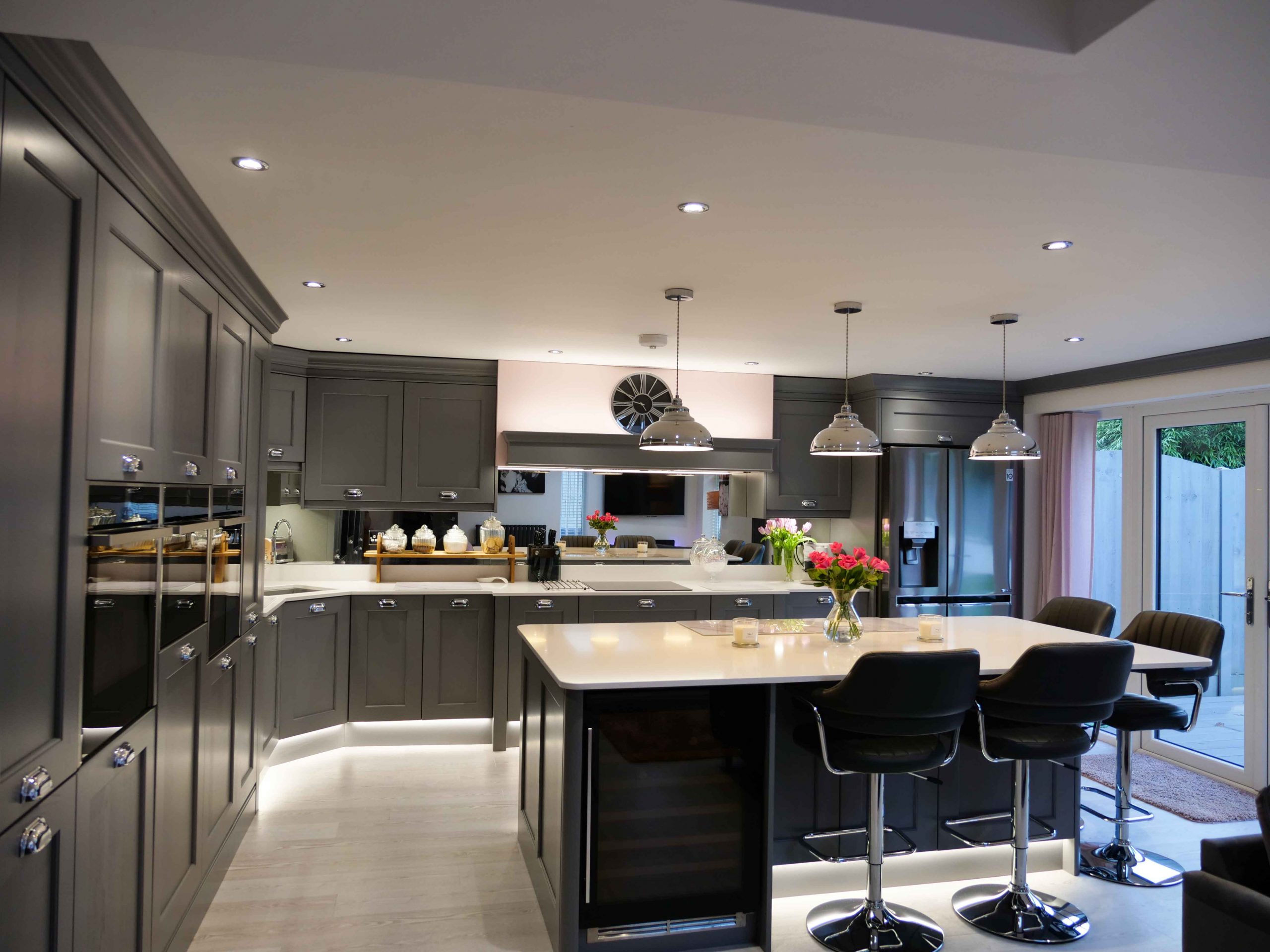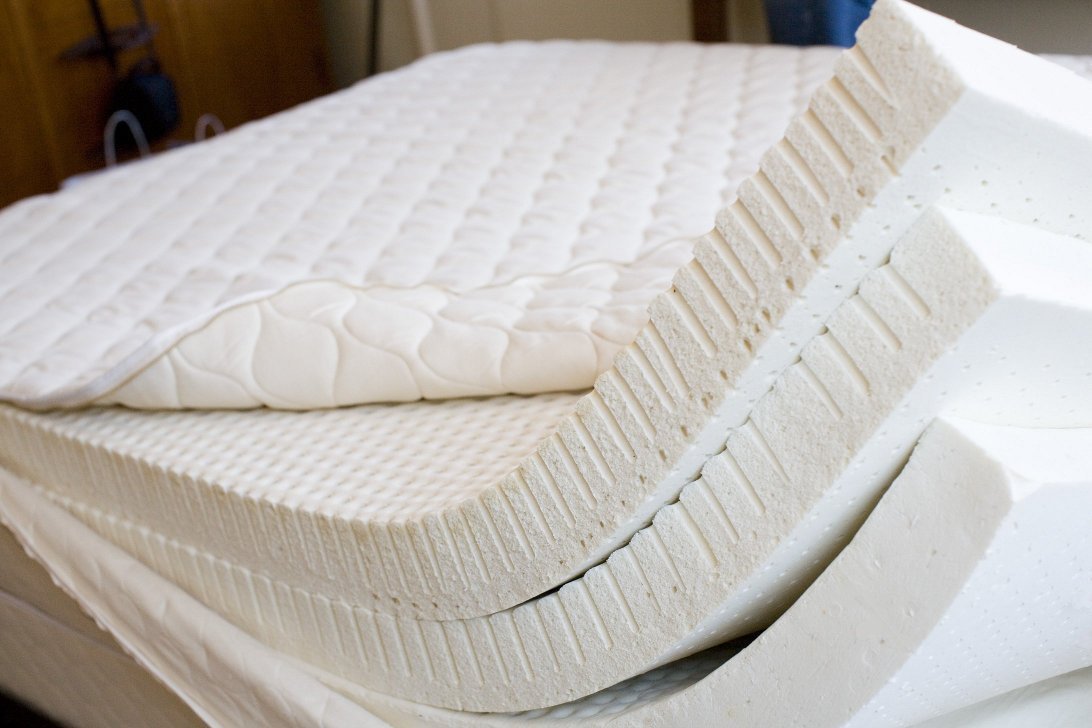Creating an accessible kitchen design for modern homes is not only important for wheelchair users and individuals with mobility limitations, but it also offers convenience and functionality for everyone. With a few simple design changes, you can transform your kitchen into a space that is both stylish and accessible for all. Here are 10 main kitchen design ideas to make your kitchen more accessible.Accessible Kitchen Design Ideas
When designing a kitchen for wheelchair users, it's important to consider the height and reach of countertops, cabinets, and appliances. Opt for lower countertops and cabinets that can be easily reached from a seated position. Consider installing pull-out shelves and drawers for easier access to items. For appliances, look for those with front controls and side-opening doors for wheelchair users to easily operate.Modern Kitchen Design for Wheelchair Users
Universal design is a concept that promotes designing spaces that are usable by people of all ages and abilities. In the kitchen, this means incorporating features that are easy to use for everyone, regardless of their physical abilities. Some universal design kitchen ideas include installing lever-style door handles, touchless faucets, and pull-down shelves in cabinets for easier access.Universal Design Kitchen Ideas
When choosing appliances for an accessible kitchen, it's important to consider their accessibility features. Look for appliances with large, easy-to-read controls and displays, as well as front controls and side-opening doors. For individuals with limited hand mobility, appliances with touchpad controls or voice activation can be more convenient to use.Accessible Kitchen Appliances
The layout of your kitchen plays a significant role in its accessibility. Opt for an open layout with wider walkways to accommodate wheelchair users. This will also make it easier for individuals with mobility aids, such as walkers or canes, to navigate the space. Consider a U-shaped or L-shaped kitchen layout to minimize the distance between work areas and make it easier to move around.Accessible Kitchen Layouts
Cabinets are a crucial part of any kitchen design, and there are various ways to make them more accessible. Install lower cabinets with pull-out shelves or drawers for easier access to items. You can also opt for cabinets with glass doors to make it easier to see and reach items. For individuals with limited hand mobility, consider installing touch-release or push-to-open mechanisms on cabinet doors.Accessible Kitchen Cabinets
The height and depth of countertops can make a significant difference in the accessibility of a kitchen. For wheelchair users, install countertops at a lower height to allow for easy reach and use. Additionally, consider creating multiple levels of countertops to accommodate individuals of different heights and abilities. This can also make it easier to use the kitchen for tasks like baking and food preparation.Accessible Kitchen Countertops
Good lighting is essential in any kitchen, but it is particularly important for individuals with visual impairments. Install bright, evenly distributed lighting throughout the kitchen, including task lighting above work areas. Consider installing motion sensor lights or touchless switches for added convenience. You can also opt for under-cabinet lighting to provide additional lighting and make it easier to see and reach items.Accessible Kitchen Lighting
Storage is essential in any kitchen, but it can be challenging for individuals with mobility limitations to access items in high or deep cabinets. Install pull-out shelves or drawers in lower cabinets for easier access. You can also use hooks and racks to hang frequently used items, such as pots and pans, for easy reach. Consider using pull-down shelves or drawers in upper cabinets for easier access to items stored at higher levels.Accessible Kitchen Storage Solutions
Choosing the right flooring for an accessible kitchen is crucial. Opt for non-slip flooring to prevent slips and falls, especially for individuals with mobility aids. Avoid flooring materials with a high gloss finish, as they can create glare and make it difficult for individuals with visual impairments to navigate the space. Additionally, consider using flooring materials with a smooth surface to make it easier for wheelchair users to move around.Accessible Kitchen Flooring Options
Kitchen Design for Modern Accessible Homes: Creating a Functional and Stylish Space
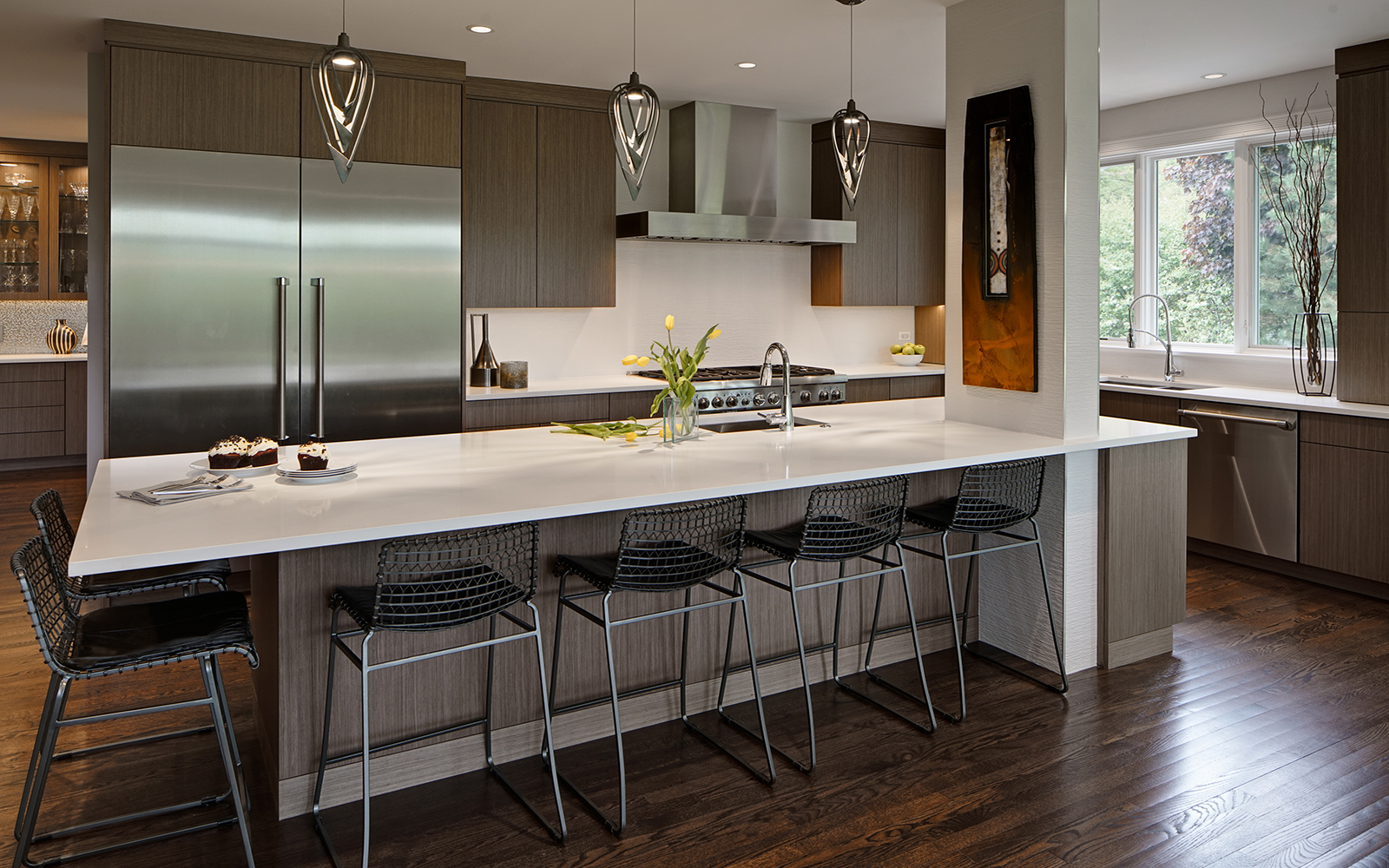
The Importance of Kitchen Design in Accessible Homes
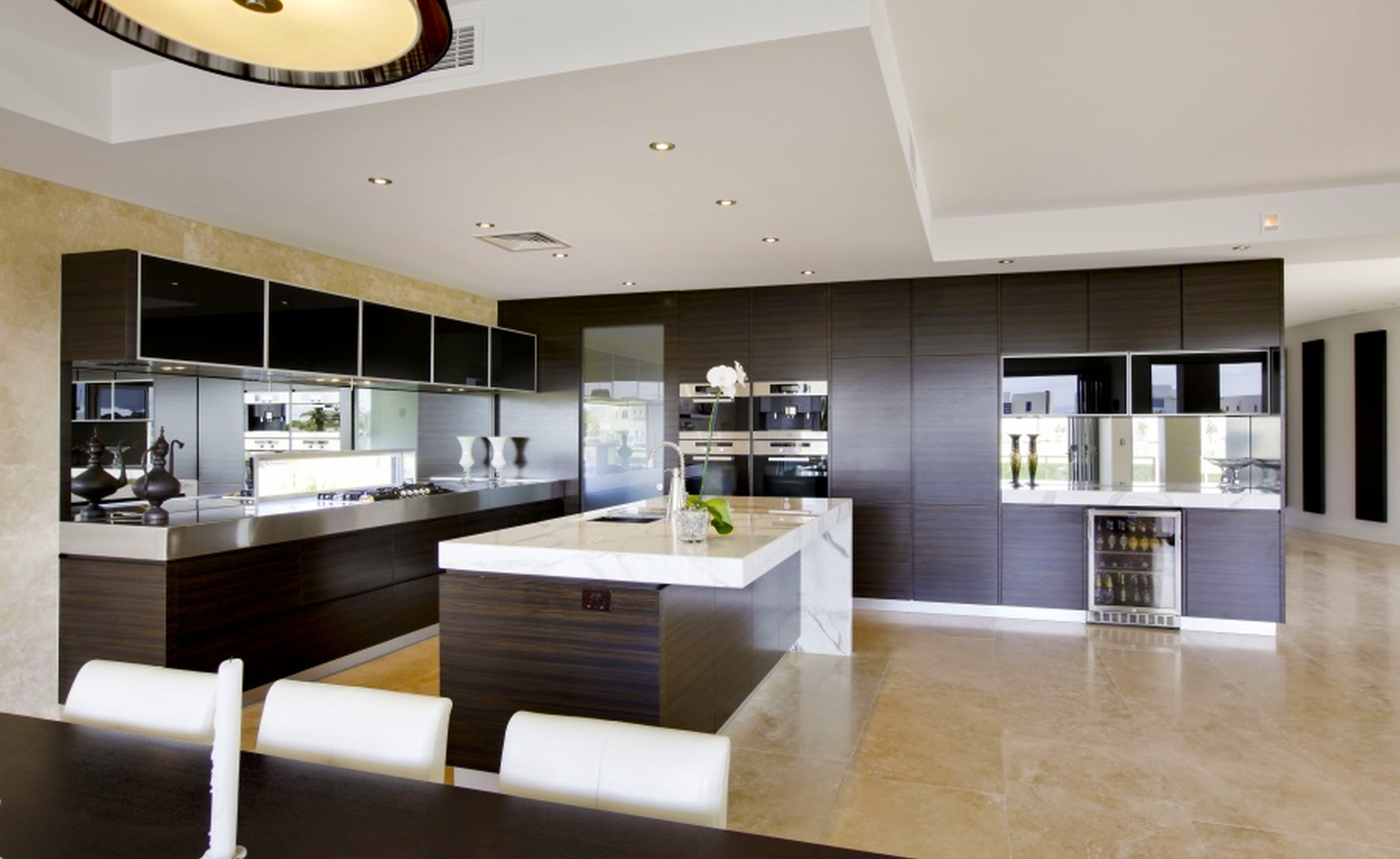 When designing a home, the kitchen is often considered the heart of the house. It is a space where families gather, meals are prepared, and memories are made. However, for individuals with accessibility needs, the kitchen can be a challenging and sometimes even a dangerous place. That's why it's crucial to incorporate
accessible design
principles into the
kitchen design
of modern homes. Not only does it make the space more functional for those with mobility issues, but it also adds a level of
style
and
convenience
to the overall design.
When designing a home, the kitchen is often considered the heart of the house. It is a space where families gather, meals are prepared, and memories are made. However, for individuals with accessibility needs, the kitchen can be a challenging and sometimes even a dangerous place. That's why it's crucial to incorporate
accessible design
principles into the
kitchen design
of modern homes. Not only does it make the space more functional for those with mobility issues, but it also adds a level of
style
and
convenience
to the overall design.
Designing for Accessibility
 The first step in creating an accessible kitchen is to ensure that there is enough space for maneuvering and reaching different areas. This means wider aisles and clearances between countertops, cabinets, and appliances.
Adjustable countertops and sinks
can also be installed to accommodate individuals of varying heights or those who use wheelchairs. Additionally,
lowered countertops and cabinets
can make it easier for individuals in wheelchairs to reach items without assistance.
The first step in creating an accessible kitchen is to ensure that there is enough space for maneuvering and reaching different areas. This means wider aisles and clearances between countertops, cabinets, and appliances.
Adjustable countertops and sinks
can also be installed to accommodate individuals of varying heights or those who use wheelchairs. Additionally,
lowered countertops and cabinets
can make it easier for individuals in wheelchairs to reach items without assistance.
Accessible Appliances
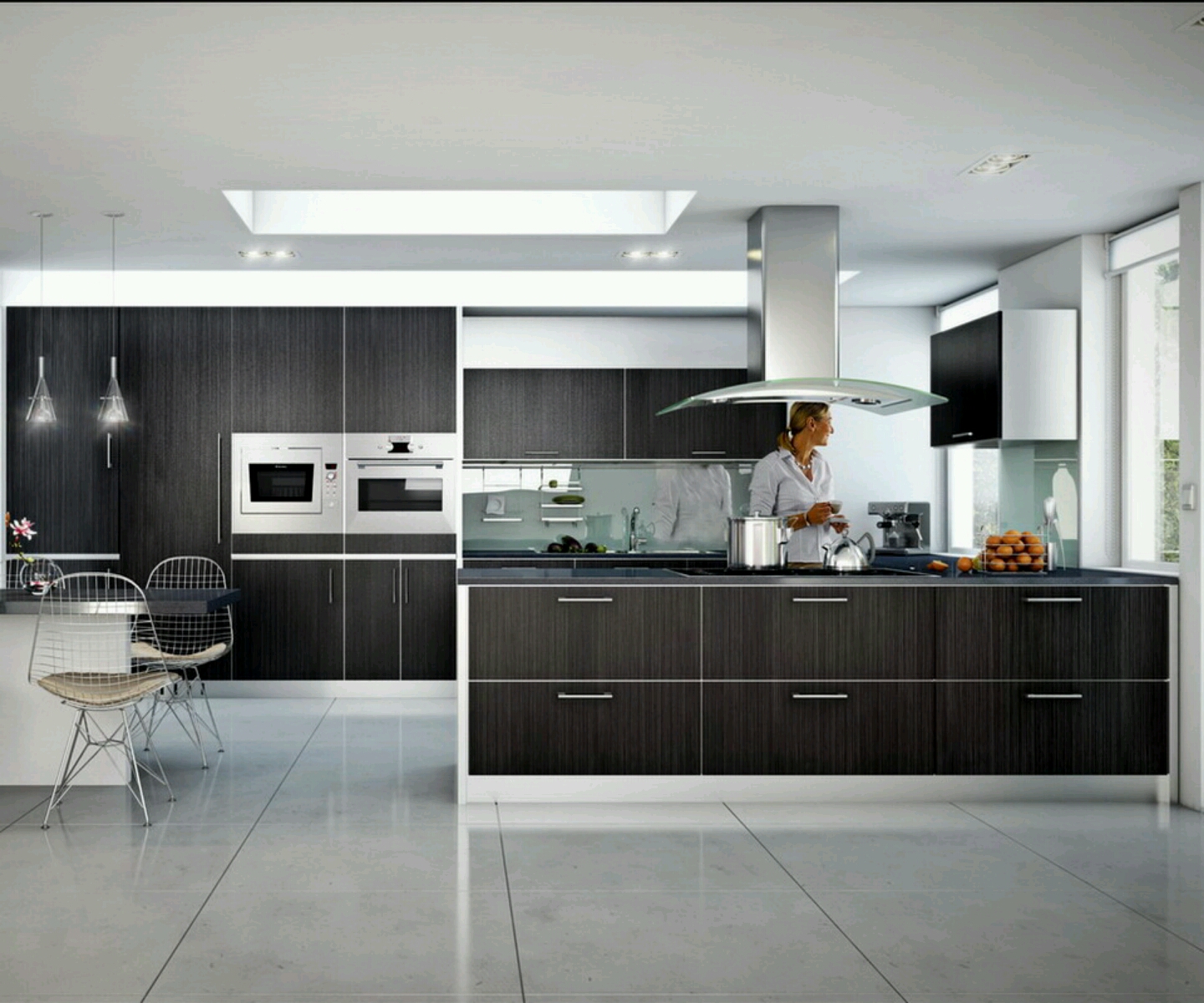 When choosing appliances for an accessible kitchen, it's essential to consider their
placement
and
functionality
. For example,
side-opening ovens
and
refrigerators with bottom freezers
are easier to access for those in wheelchairs.
Touchless faucets
and
motion-sensor lights
can also be incorporated to make tasks easier for individuals with limited mobility.
When choosing appliances for an accessible kitchen, it's essential to consider their
placement
and
functionality
. For example,
side-opening ovens
and
refrigerators with bottom freezers
are easier to access for those in wheelchairs.
Touchless faucets
and
motion-sensor lights
can also be incorporated to make tasks easier for individuals with limited mobility.
Style and Design Elements
 Just because a kitchen is designed for accessibility doesn't mean it has to sacrifice style. There are various
design elements
that can add both functionality and aesthetic appeal to an accessible kitchen. For example,
pull-out shelves
in cabinets and
sliding drawers
under countertops can make it easier to access items without having to reach or bend.
Contrasting colors and textures
can also be incorporated to create a visually appealing space that is also easy to navigate for those with visual impairments.
Just because a kitchen is designed for accessibility doesn't mean it has to sacrifice style. There are various
design elements
that can add both functionality and aesthetic appeal to an accessible kitchen. For example,
pull-out shelves
in cabinets and
sliding drawers
under countertops can make it easier to access items without having to reach or bend.
Contrasting colors and textures
can also be incorporated to create a visually appealing space that is also easy to navigate for those with visual impairments.
Conclusion
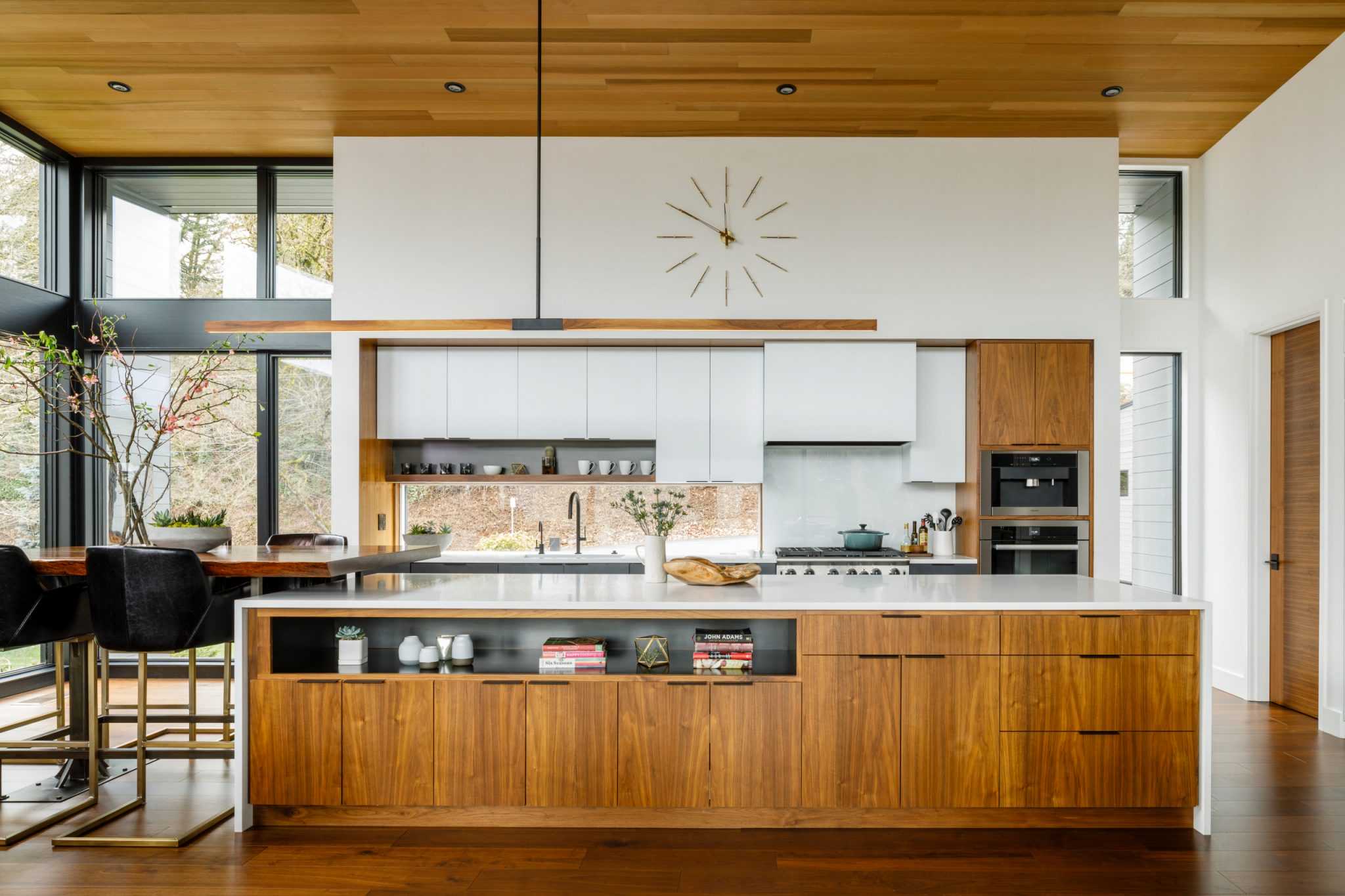 Incorporating
accessible design
principles into
kitchen design
for modern homes not only makes the space more functional for individuals with accessibility needs but also adds a level of
style
and
convenience
. By considering the specific needs and limitations of individuals, and incorporating accessible appliances and design elements, a kitchen can be transformed into a functional and stylish space for all.
Incorporating
accessible design
principles into
kitchen design
for modern homes not only makes the space more functional for individuals with accessibility needs but also adds a level of
style
and
convenience
. By considering the specific needs and limitations of individuals, and incorporating accessible appliances and design elements, a kitchen can be transformed into a functional and stylish space for all.




